Raaga Based Song of the Day: Aapki yaad aati rahi raat bhar….
Raag Bhairavi, Tal Hinch
Today is the eighty-sixth post in the series on Raaga Based Songs of the Day. As already planned, I had kept Bhairavi for special treatment until the end after giving you the first song in Bhairavi on the 11th day: Babul mora naihar chhooto hi jaaye (Please see: ‘Raaga Based Song Of The Day #11’) I gave you songs in many other raagas and now when we approach our 100th song, I am into repeating some of the important raagas. I have given you a few songs composed by Shankar Jaikishan (Jaikishan had Bhairavi as his favourite raaga). Today, I give you a special one composed by Jaidev.
Before I do, let me reiterate that I am primarily a Lyrics person. My interest in music and raagas is only to the extent of their adding to the emotions expressed through the lyrics. The purists would tell you, with enough justification, that in the Indian Classical Tradition, the instruments were made to express emotions without any lyrics. I agree but it is merely a question of my passion. A painter can do away with both lyrics and notes and tell you that a painting is worth thousands of words and notes. And finally, a spiritual person can do away with all thoughts to merge with his Parmatma: no words, no notes, not even thoughts. One has to search for one’s starting point; my starting point is lyrics and has always been.
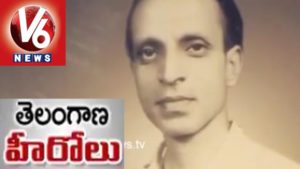 Let me, therefore, start with the poet of this great ghazal. His name was Makhdoom Mohiuddin, or Abu Sayeed Mohammad Makhdoom Mohiuddin Khudri. He was born in the village of Andole in Medak district, Hyderabad State on 04 Feb 1908. Most Urdu poets of that era (with the exception of my favourite Shakeel Badayuni) were part of the Marxist political movement in India and Progressive Writers Union. Makhdoom Mohiuddin, indeed, founded the Progressive Writer’s Union in Hyderabad, was active in Marxist movements, and in 1946-47, was in the forefront of Telengana Rebellion against the Nizam of Hyderabad. The then-ruler of Hyderbad, Mir Osman Ali Khan, had issued orders to kill him for awakening people for freedom and the abolition of Nawab (“princely”) rule. He soon earned the sobriquet of Shayar-e-Inquilab (Poet of Revolution) and is honoured as a freedom fighter. He is best known for his collection of poems entitled Bisat-e-Raqs (“The Dance Floor”), for which he was awarded the 1969 Sahitya Akademi Award in Urdu.
Let me, therefore, start with the poet of this great ghazal. His name was Makhdoom Mohiuddin, or Abu Sayeed Mohammad Makhdoom Mohiuddin Khudri. He was born in the village of Andole in Medak district, Hyderabad State on 04 Feb 1908. Most Urdu poets of that era (with the exception of my favourite Shakeel Badayuni) were part of the Marxist political movement in India and Progressive Writers Union. Makhdoom Mohiuddin, indeed, founded the Progressive Writer’s Union in Hyderabad, was active in Marxist movements, and in 1946-47, was in the forefront of Telengana Rebellion against the Nizam of Hyderabad. The then-ruler of Hyderbad, Mir Osman Ali Khan, had issued orders to kill him for awakening people for freedom and the abolition of Nawab (“princely”) rule. He soon earned the sobriquet of Shayar-e-Inquilab (Poet of Revolution) and is honoured as a freedom fighter. He is best known for his collection of poems entitled Bisat-e-Raqs (“The Dance Floor”), for which he was awarded the 1969 Sahitya Akademi Award in Urdu.
Here is what Mir Ayoob Ali Khan wrote about him in The Times of India (Hyderabad edition) on 16 Aug 2015 in an article titled ‘Makhdoom – Poet of Labour and Love’:
“Several years ago Ali Sardar Jafri made a documentary on Makhdoom. The character of Makhdoom was played by Irrfan Khan and music scored by Jagjit Singh. It gave some insight into the man and his passions but that it was too little. What still lacks is a well-researched book on him, especially in English that narrates his complete story, not bits and pieces that we find in Urdu.”
His ghazals have been used in Hindi films. Some of these are: Ik chameli ke mandve tale (for the 1964 movie Cha Cha Cha), Aap ki yaad aati rahi raat bhar (Gaman, 1978), and Phir chhidi raat baat phoolon ki (Bazaar, 1982).
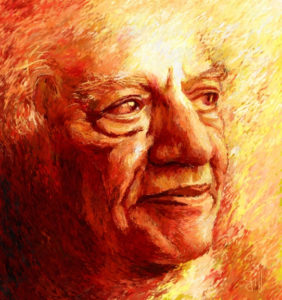 The ghazal, Aap ki yaad aati rahi raat bhar has a history of its own. Makhdoom Mohiuddin breathed his last on 25 Aug 1969. Faiz Ahmad Faiz, another Marxist revolutionary, another notable member of Progressive Writer’s Union, and recipient of Pakistan’s highest civilian award Nishan-e-Imtiaz, wrote the following in Makhdoom’s memory:
The ghazal, Aap ki yaad aati rahi raat bhar has a history of its own. Makhdoom Mohiuddin breathed his last on 25 Aug 1969. Faiz Ahmad Faiz, another Marxist revolutionary, another notable member of Progressive Writer’s Union, and recipient of Pakistan’s highest civilian award Nishan-e-Imtiaz, wrote the following in Makhdoom’s memory:
“Makhdoom ki yaad mein”–Faiz Ahmed Faiz
“Aap ki yaad aati rahi raat bhar”
chaandni dil dukhaati rahi raat bhar
The night was haunted by your memories
And the moonlights made my heart bleed all night long
gaah jalti hui, gaah bujhti hui
shamm-e-gham jhilmilaati rahi raat bhar
Restlessly, it flickered at times, at times it didn’t
The flame of sadness kept shining all night long
koi khushboo badalti rahi pairahan
koi tasveer gaati rahi raat bhar
A fragrance kept changing its body all night
And a portrait kept singing all night long
phir sabaa saaya-e-shaakh-e-gul ke talay
koi qissa sunaati rahi raat bhar
And again, in the shades of blossomed tree
A gentle breeze narrated some tales all night long
jo na aaya use koi zanjeer-e-dar
har sadaa par bulaati rahi raat bhar
The chains of the courtyard, with every call,
Sought him, who did not turn up, all night long
eik ummeed se dil behalta raha
ik tamanna sataati rahi raat bhar
A hope kept my heart at bay
And a desire kept burning within all night long
Naturally, Faiz being a more accomplished poet, penned his tribute even better than Makhdoom’s, as many feel. However, the fact is that the original still belongs to Makhdoom.
We have completed eighty-five days of Raaga Based Songs of the Day. Our first post in the series was titled ‘Raaga Based Song Of The Day #1’ and the song was a Mohammad Rafi and Lata Mangeshkar song from the 1970 Shakti Samanta movie Pagla Kahin Ka: Tum mujhe youn bhula na paoge. It is in Raag Jhinjhoti, Tal Kaherava.
Our eighty-fifth post or the last post was titled ‘Raaga Based Song Of The Day #85’ and the song was a Mukesh song from the 1966 Abhi Bhattacharya (Shailendra production) movie Teesri Kasam starring Raj Kapoor and Waheeda Rehman: Duniya banane waale kya tere man mein samayi. It is in Raag Bhairavi, Tal Kaherava.
This blog has a number of posts on Raaga based songs in Hindi movies titled similarly; for example: ‘The Best Raaga Based Songs in Hindi Movies – Raaga Pilu – Part I’.
In the last eighty-five days of sharing Raaga based songs of the day, I have given you songs based on Raag Jhinjhoti, Gara, Bhimpalasi, Madhuvanti, Shivaranjani, Bihag, Pahadi, Sarang, Pilu, Bhairavi, Khammaj, Charukesi, Kalyan or Yaman, Desh, Malgunji, Kirwani, Kedar, Bageshri, Megh Malhar, Bhupali, Ahir Bhairav, Malkaush, Mand, Adana, Kafi, Rageshri, Jaunpuri, Tilang, Janasammohini, Chayanat, Shuddha Kalyan, Gaur Sarang, Jogiya, Asavari, Maru Bihag, Durga, Lalit, Puria Dhanashri, Bhinna Sahdja, Sohani, Multani, Patdeep, Jaijaiwanti, Tilak Kamod, Hemant, Basant Mukhari, Gujri Todi, Kalavati, Hamir, Bhatiyar, Gawati, Shyam Kalyan, Gorakh Kalyan, Madhamat Sarang, Manj Khammaj, Darbari Kanada, Vibhas, Shankara, Bahar, Nand and Mian Ki Malhar; making it a total of 61 raagas. The raagas that have been repeated so far are Pahadi, the raaga of my home place in the Himalayas, Maru Bihag, Raag Kirwani, Jhinjhoti, Bhairavi, Gara, Basant Mukhari, Malkauns, Bhairavi, Mand and Sohani. Today, I am repeating Raag Bhairavi for the eighth time.
Today’s ghazal has been sung by Chhaya Ganguly on the lyrics of Makhdoom Mohiuddin and composition by Jaidev. As I said, it is in Raag Bhairavi, Tal Hinch. The song is picturised on Smita Patil in the 1978 Muzaffar Ali movie Gaman, in his own production.
Incidentally, Jaidev who won the National Film Award for Best Music Direction in 1979 for his work and for the Song Aap ki Yaad Aati Rahi, Chhaya Ganguly won a National Film Award for Best Female Playback Singer.
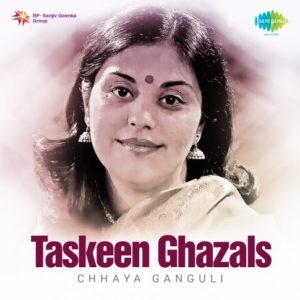
Lets know a little more about them in reverse order. First, the singer Chhaya Ganguly. She is best described by the expression: ‘A Forgotten Voice’. Indeed, this is how The Indian Express described her in an article on 20 Apr 2014 in its New Delhi edition. The occasion was her performance as a part of 21st Ustad Chand Khan Music Festival presented by Sursagar Society in New Delhi. And to think that she actually won the National Award for her singing this ghazal. She could have pushed to remain centre stage for years. But, instead, she chose to remain in the background in a most self effacing manner.
Chhaya Ganguli trained with ghazal singer Madhurani, whom she met through Jaidev, who composed Gaman’s score. She also sang the ballad “Piya Piya” for Jaidev in Trikon Ka Chauttha Kon (1983).
As if shy of her success, Ganguli took a long break from films, returning in 1990 for the Amol Palekar film Thodasa Roomani Ho Jaayen. The title track, composed by Bhaskar Chandavarkar, captures a great return to form by her.
Her songs in non-film albums include filmmaker and composer Muzaffar Ali’s Husn-e-Jaana (1997) and Paigham-e-Mohabbat (2000). She sang the poems of Ahmad Faraz, Ibn-E-Insha, Nazeer Akbarabadi and Mir Taqi Mir. One of her most popular Sufi songs is “Zihaal-e-Miskin” from the album Husn-e-Jaana. She sings the poetry of Amir Khusro with passion.
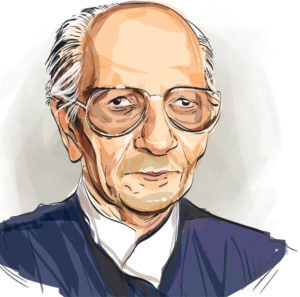 Jaidev Verma, the composer and music director was born on 03 Aug 1919 in Nairobi. He was brought up in Ludhiana. At the age of 15 years he ran away to Bombay to become a film star. As a child-star he acted in eight films for Wadia Film Company. It was Prof Barkat Rai in Ludhiana who had initiated him into music. Later, in Bomaby, he learnt music from Krishnarao Jaokar and Janardan Jaokar. Unfortunately, he had to leave his budding films career to return to his family after his father’s blindness. He assumed the sole responsibility to look after his family. After his father died, in 1943 he left for Lucknow to learn music under Ustad Ali Akbar Khan.
Jaidev Verma, the composer and music director was born on 03 Aug 1919 in Nairobi. He was brought up in Ludhiana. At the age of 15 years he ran away to Bombay to become a film star. As a child-star he acted in eight films for Wadia Film Company. It was Prof Barkat Rai in Ludhiana who had initiated him into music. Later, in Bomaby, he learnt music from Krishnarao Jaokar and Janardan Jaokar. Unfortunately, he had to leave his budding films career to return to his family after his father’s blindness. He assumed the sole responsibility to look after his family. After his father died, in 1943 he left for Lucknow to learn music under Ustad Ali Akbar Khan.
He started his career in Hindi films after Ali Akbar Khan took him as his assistant for Navketan Films Aandhiyan (1952) and Hum Safar. He was the first music director to have won three National Awards.
Some of my favourite songs composed by Jaidev are: Ab koi gulshan na ujade ab watan aazad hai, Nadi naare na jao Shyam, Raat bhi hai kuchh bheegi bheegi, Tere bachpan ko jawani ki dua deti hoon (Mujhe Teene Do, 1963); Abhi na jao chood kar, Allah tero naam, Kabhi khud pe kabhi halaat pe rona aaya, Main zindagi ka saath nibhaata chala gaya (Hum Dono, 1961); Chand akela jaaye sakhi ri, Koi gaata main so jaata (Alaap, 1977); Chale jaa rahen hain mohabbat ke maare kinaare kinaare, Dekh li teri khudayi bas mera dil nhar gaya, Jab gham-e-ishq sataata hai to has leta hoon (Kinaare Kinaare, 1963); Dil ne tadap tadap ke tadpaana sikha diya (Faasla, 1974); Di deewane shehr mein (Gharaunda, 1977); Jaise suraj ki garmi se (Parinay, 1974); Tu chanda main chandini (Reshma Aur Shera, 1971); and Ye dil aur unaki nigaahin ke saaye (Prem Parbat, 1973).
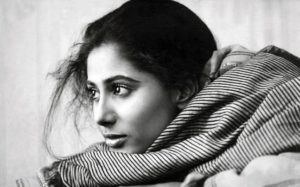
A word about the actress, Smita Patil, on whom the song is picturised. Having been born on 17 Oct 1955 in Poona, she graduated from the Film and Television Institute of India and debuted in Shyam Benegal’s Charandas Chor in 1975. She soon became the favourite of Shyam Benegal. Her performances were often acclaimed, and her most notable roles include Manthan (1977), Bhumika (1977), Aakrosh (1980), Chakra (1981), Chidambaram (1985) and Mirch Masala (1985). Smita Patil was married to actor Raj Babbar. She died on 13 December 1986 at the age of 31 due to childbirth complications. Over ten of her films were released after her death. She won two National Awards for her roles in Bhumika and Chakra and three Filmfare Awards for her roles in Jait Re Jait, Umbartha and Chakra. For the intensity of her acting she was being hailed as a Meena Kumari in the making and then she died at a very young age of 31 years.
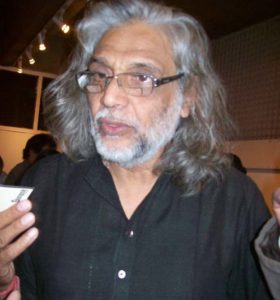
And lastly, lets know a little more about the producer and director of the 1978 movie Gaman: Muzaffar Ali. He was born on 21 Oct 1944 in Lucknow. is an Indian filmmaker, fashion designer, poet, artist, music-lover, revivalist, and social worker. Gaman (1978) was his first movie. He went on to direct Umrao Jaan (1981), Aagman (1982), Anjuman (1986), and Jaanisaar (2015). In the last movie he also acted as Meer Mohsin Ali. He was awarded the Padma Shri in 2005 and Rajiv Gandhi National Sadbhavana Award in 2014.
Before we actually take up the song, first, lets take up the value added learning of today. From the last five times onwards we started learning about some of the leading personalities in Indian Classical Music or Shastriya Sangeet. The first one that we took up was Ustaad Asad Ali Khan, the finest Rudra Veena player in the country. Then we took up Pandit Hari Parsad Chaurasia, the greatest Bansuri player in the country. Then we talked about Ali Akbar Khan, the greatest Sarod player in the country. Then we took up Pandit Ravi Shankar, the greatest Sitar player in the world. And finally, we took up the greatest classical singer in the country (of Carnatic tradition): MS Subbulakshmi. Today, we shall take up the greatest classical singer in the country (of Hindustani tradition): Pandit Bhimsen Joshi.
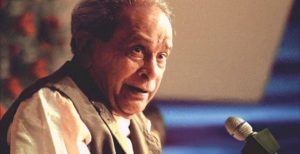
Bhimsen Joshi was born on 04 Feb 1922 in Ron town of Gadag district of Karnataka. As a child itself he was fascinated by music and musical instruments such as harmonium and tanpura. His first music teacher was Agasara Channappa of Kurtakoti, who had trained with the veteran singer Inayat Khan. He learnt raagas Bhairav and Bhimpalasi from him. Bhimsen Joshi next went to Pandit Shyamacharya Joshi, who hailed from Bagalkot. It is through Pandit Shyamacharya that Bhimsen Joshi got his first break. Pandit Joshi had gone to Bombay to record songs for HMV and after recording a few he fell ill, returned to Bagalkot and asked Bhimsen Joshi to continue. This proved a majot breakthrough for Bhimsen Joshi.
He soon emerged as a singer of Khayal and for devotional songs such as Bhajans and Abhangas. If we look at the awards that he won, one can make out his career progression: Padma Shree in 1972, Sahitya Natak Akademi Award in 1976, Padma Bhushan and National Award for Best Male Playback Singer (for the film Ankahee in which Jaidev too won the National Award as Best Music Director) in 1985, Padma Vibhushan in 1999 and India’s highest civilian award Bharat Ratna in 2008.
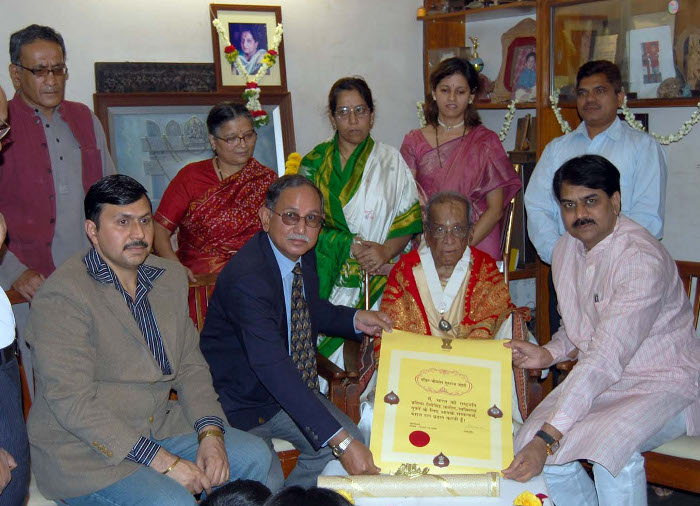
As I said, today’s song is in Raag Bhairavi, Tal Hinch.
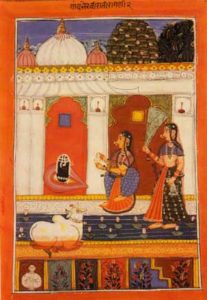
Raag Bhairavi is the basic raag of the Bhairavi Thaat. Bhairavi makes use of all the komal swars, Rishabh, Gandhar, Dhaivat, Nishad. When singing compositions in Bhairavi raag, the singers however take liberty to use all the 12 swars. Bhairavi raag is named after the Shakti or feminine aspect of the cosmic life force, which is personified as a consort to Lord Shiva. Bhairavi is a powerful raag filled with devotion and compassion. Its Jati is Sampurna – Sampurna, which means all seven swar (heptatonic) both in Aaroha and Avaroha. I have already told you that in a concert Bhairavi is usually the concluding raaga since it is supposed to cure mistakes of the earlier performances. Hence, if a concert has started at night (which is usually the case), Bhairavi would be played in the wee hours of the morning.
A pleasant sobering atmosphere full of love and piety is created with this raag and one feels so close to the Supreme. Its compositions include several Thumris, Bhajans, Ghazals, Songs etc. Since it is an ocean of immense possibilities the melodic combinations can include all the twelve notes with skill.
I am not giving you again a list of songs composed in Raag Bhairavi as I have already given you this adequate number of times, this being the eighth time I am giving you a song in this raag.
About Tal Hinch, I can do no better than put up the link to a video explaining this:
Lastly, a word about the movie from where this song (ghazal) has been taken by me. The 1978 movie Gaman was produced and directed by Muzaffar Ali and starred Farooq Sheikh and Smita Patil. Farooq Sheikh, the gentlest actor in Hindi movies left us on 27 Dec 2013 at the age of 65 and Smita Patil died young at 31 years on 13 Dec 1986. The film deals with the issue of futility of urban migration, using the story of migrant from Uttar Pradesh to Mumbai, who tries to find a foothold in his new life as a taxi driver. Farooq Sheikh as Ghulam Hasan, is from – hold your breath – Badayun in Uttar Pradesh (the town of my favourite lyricist and poet Shakeel Badayuni). He relocates to Mumbai and becomes a taxi driver through his friend Jalal Agha as Lallulal Tewari. He had to leave his ailing mother and wife Khairun (Smita Patil) behind in Badayun. And that’s how this song (ghazal) came about in the movie. With each note, word and each histrionic of Smita Patil the agony of the migration for better life from Uttar Pradesh to Mumbai comes through so lucidly.
Please enjoy in Raag Bhairavi, Tal Hinch: Aapki yaad aati rahi raat bhar…
आप की याद आती रही रात भर
चश्म-ए-नम मुस्कुराती रही रात भर
आप की याद आती रही …
रात भर दर्द की शमा जलती रही
ग़म की लौ थरथराती रही रात भर …
बाँसुरी की सुरीली सुहानी सदा
याद बनबनके आती रही रात भर …
याद के चाँद दिल में उतरते रहे
चाँदनी डगमगाती रही रात भर …
कोई दीवाना गलियों में फिरता रहा
कोई आवाज़ आती रही रात भर …
Aap ki yaad aatee rahee raat bhar
Chashm-e-nam muskaratee rahee raat bhar
The night was haunted by your memories
And my teary eyes smiled all night long
Raat bhar dard ki shamma jaltee rahee
Gham ki lau thartharatee rahee raat bhar
The candles of pain kept the night awake
And the flames of sadness kept flickering all night long
Bansuri ki surilee suhanee sada
Yaad ban ban kay aatee rahi raat bhar
Ah, the sweet soulful yearning of the flute
Kept tugging at my memories all night long
Yaad kay chaand dil mein utartay rahay
Chandni jagmagatee rahi raat bhar
As the moons of a memory would set in my heart
The moonlight kept shining like a beacon all night long
Koee deevana galiyon mein phirta raha
Koee aawaz aati rahi raat bhar
A forelorn lover kept wandering the streets
And a voice could well be heard all night long
We have intended to learn about Raaga based music whilst we entertain ourselves with Raaga based songs. So, lets, once again, take stock of our collective learning so far:
- On the first day we learnt about the Raaga system devised by Pandit Vishnu Narayan Bhatkhande, which is the prevalent system in Hindustani Classical Music and based on ten Thaats.
- On the second day we learnt about Tal or Taal.
- On the third day we learnt about characteristics of Raagas that included Swar, Jati, Thaat, Arohana and Avarohana, Vadi, Samvadi and Pakad.
- On the fourth day, we learnt about Sargam.
- On the fifth day, we learnt about notations used in Indian classical music or simply Swar Lipi.
- On the sixth day, we learnt about the Ras (sentiments) that Raagas evoke.
- On the seventh day, we learnt about various types of Swar: Shuddha, Achal, Vikrut, Komal and Teevra.
- On the eighth day, we learnt the parts of a composition in Indian Classical Music.
- On the ninth day, we learnt the names of some of the popular instruments used in Indian Classical Music.
- On the tenth day, we learnt about the sources of names of Raagas.
- On the eleventh day, we learnt about why Bhairavi is the first raag to be taught to beginners and also why it is the last in a performance.
- On the twelfth day, we learnt about Khammaj Thaat.
- On the thirteenth day, we learnt about Tal Punjabi Theka or Sitarkhani.
- On the fourteenth day, we learnt about Alap.
- On the fifteenth day, we learnt about List of Raagas (Raagmala) in my favourite book: Sri Guru Granth Sahib.
- On the sixteenth day, we learnt about tips for raaga identification.
- On the seventeenth day, we learnt the basics of Gharana system.
- On the eighteenth day, we learnt about Filmi Sangeet.
- On the nineteenth day, we learnt about the commonest Tal in Raagas: Tintal.
- On the twentieth day, we learnt about the Kafi Thaat.
- On the twenty-first day, we learnt a little more in detail about the classification of Raagas.
- On the twenty-second day, we learnt the essential differences between Bhairavi and Bhairav.
- On the twenty-third day, we learnt a little more in detail about the Jati or Jaati of a raaga.
- On the twenty-fourth day, we learnt details of Thaat Bilawal, the most basic thaat in the Bhatkhande’s system of raagas.
- On the twenty-fifth day, we learnt about Tintal.
- On the twenty-sixth day, we learnt in detail about the Raaga – Samay linkage.
- On the twenty-seventh day, we learnt about Lehar.
- On the twenty-eighth day, we learnt about the history of the Hindustani Music.
- On the twenty-ninth day, we learnt about Dhrupad.
- On the thirtieth day, we learnt about Rupaktal that I was introduced to, a few months back, by my friend Anand Desai.
- On the thirty-first day, we learnt about Khayal.
- On the thirty-second day, we learnt about Thumri.
- On the thirty-third day, we learnt about Tappa.
- On the thirty-fourth day, we learnt about Tarana.
- On the thirty-fifth day, we learnt about Tal Dipchandi (Moghali).
- On the thirty-sixth day, we learnt about Tabla.
- On the thirty-seventh day, we learnt about Kirtan.
- On the thirty-eighth day, we learnt about Pakhawaj.
- On the thirty-ninth day, we learnt about Hori.
- On the fortieth day, we learnt about Dadra.
- On the forty-first day, we learnt about Kajri.
- On the forty-second day, we learnt about Chaiti.
- On the forty-third day, we learnt about Sarangi.
- On the forty-fourth day, we learnt about Shehnai.
- On the forty-fifth day, we learnt about Sarod.
- On the forty-sixth day, we learnt about Bansuri.
- On the forty-seventh day, we learnt about Ektal and Tanpura.
- On the forty-eighth day, we learnt about Veena.
- On the forty-ninth day, we repeated our learning of Veena with a small excitement added.
- On the fiftieth day, we learnt about Dilruba/Esraj.
- On the fifty-first day, we learnt about Jaltarang.
- On the fifty-second day we learnt about Qawwali.
- On the fifty-third day, we learnt about Sitar.
- On the fifty-fourth day, we learnt about Surbahar.
- On the fifty-fifth day, we learnt about Harmonium.
- On the fifty-sixth day, we learnt about Santoor.
- On the fifty-seventh day, we learnt about Swarmandal.
- On the fifty-eighth day, we learnt about the Shruti Box.
- On the fifty-ninth day, we learnt about Alankar.
- On the sixtieth day, we learnt about singing in Aakaar.
- On the sixty-first day, we learnt about the Classification of Indian Musical Instruments.
- On the sixty-second day, we learnt a little about Carnatic Music.
- On the sixty-third day, we learnt about Natya Shastra.
- On the sixty-fourth day, we learnt about evolution of musical instruments in India down the ages.
- On the sixty-fifth day, we learnt about Riyaaz.
- On the sixty-sixth day, we looked at a list of Raagas in Hindustani Classical Music.
- On the sixty-seventh day, we learnt about the health benefits of raagas.
- On the sixty-eighth day, we learnt a little more comprehensively about the moods and emotions that raagas evoke.
- On the sixty-ninth day, we learnt about a mobile application to help identify raagas.
- On the seventieth day, we learnt about Melakarta Raagas.
- On the seventy-first day, we learnt about Sangita Makarand.
- On the seventy-second day, we learnt about TaalMala an Android application for personalized accompaniment of musical instruments during Riyaaz or even during Concert.
- On the seventy-third day, we learnt about Indian Classical Ragas, an Android application for mobile phones.
- On the seventy-fourth day, we learnt about Saregama Classical, another application for Classical Raagas.
- On the seventy-fifth day, we learnt about a free online service available to learn Indian Classical Music.
- On the seventy-sixth day, we learnt about List of Hindustani Classical Musical Festivals in India and Abroad.
- On the seventy-seventh day, we learnt about List of Carnatic Musical Festivals in India and Abroad.
- On the seventy-eighth day, we learnt about Jhaptal.
- On the seventy-ninth day, we learnt about Ektal.
- On the eightieth day, we learnt about Tivra Tal.
- On the eighty-first day, we learnt about the greatest Rudra Veena player ever: Ustaad Asad Ali Khan.
- On the eighty-second day, we learnt about the greatest Bansuri player alive: Pandit Hariprasad Chaurasia.
- On the eighty-third day, we learnt about the best Sarod player in the country: Ustaad Ali Akbar Khan.
- On the eighty-fourth day, we learnt about the greatest Sitar player in the world: Pandit Ravi Shankar.
- On the eighty-fifth day, we learnt about the greatest Indian vocalist of Carnatic tradition: MS Subbulakshmi.
- And today, on the eighty-sixth day, we not just learnt about the greatest vocalist of Hindustani tradition: Pandit Bhimsen Joshi but also learnt about Tal Hinch.
There is much more still to be learnt and enjoyed.
Please stay tuned!
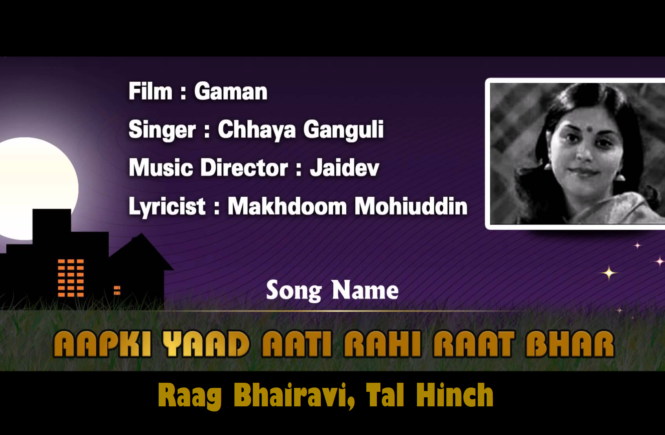
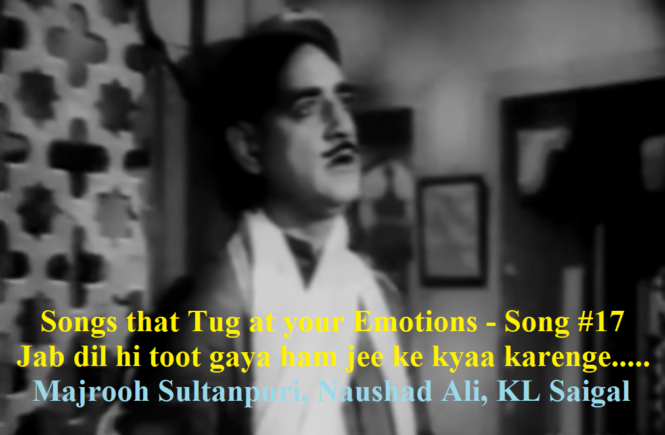
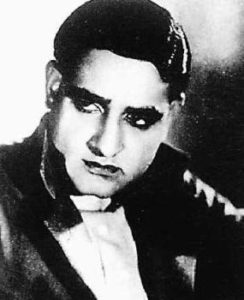 If you ask any person of my era, what is the commonest comment about
If you ask any person of my era, what is the commonest comment about 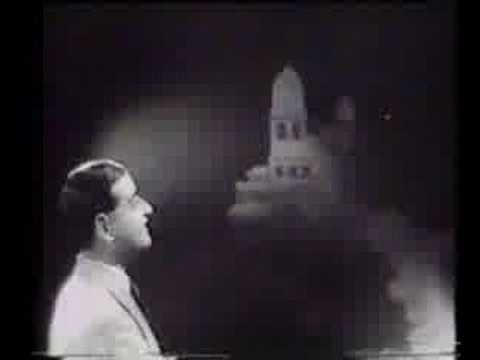
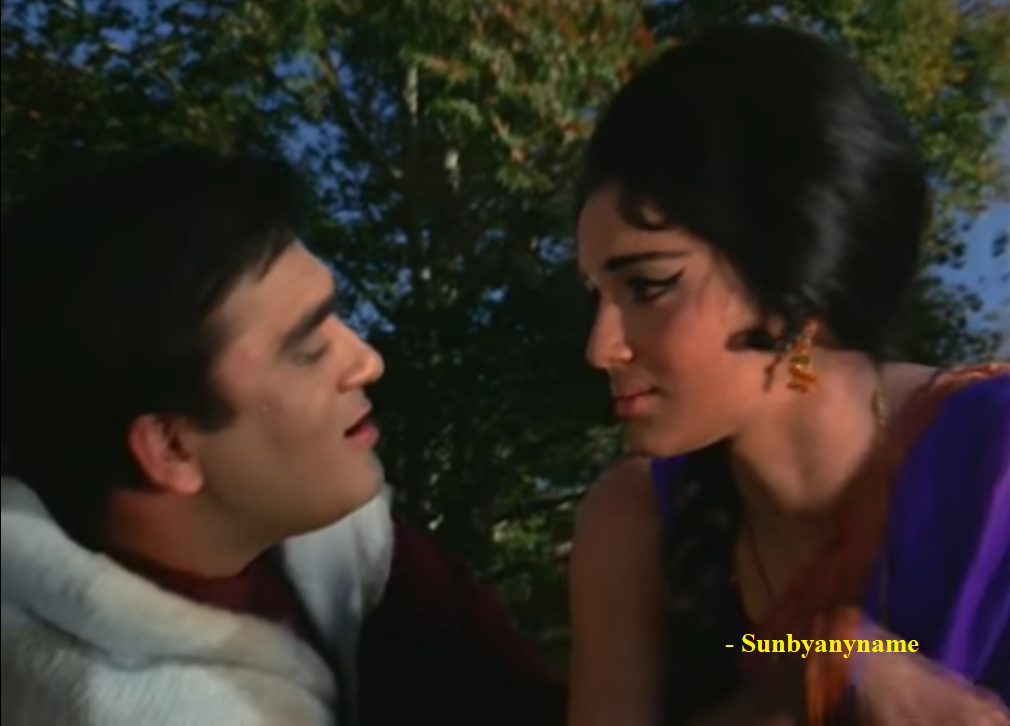
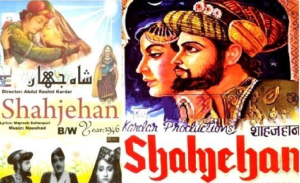 The movie’s story is a fictionalised account of an episode during the reign of Emperor Shajahan: “Circa the Mugal rule in Hindustan, Shahjahan, the present emperor is approached by one of his subjects, whose daughter, Ruhi, is so beautiful, that her suitors have killed her to-be grooms, as well as two of her brothers, who came to her aid. He now seeks the Emperor’s assistance. Appalled at this, the Emperor confers with his Queen, Mumtaz, and upon her advise asks the father to bring his daughter to be a guest of the palace, and it is from here that a suitor will be chosen by none other than his royal majesty himself. The father does as asked, but one of the Queen’s aide is troubled by Ruhi’s august presence, that she fears that the Emperor may take a liking to her, and make her his begum. She plots a devious scheme so that Ruhi is promised to get married to Shiraz. The matter gets quite complicated as Ruhi has already been promised to Sohail. The Emperor and his Queen are so perturbed by this situation, that both become ill. The situation is resolved when Sohail decides to give Ruhi up so that she can marry Shiraz – but not until Mumtaz tragically passes away. Devastated and heart-broken by her death, Shah Jahan feels that she can be made immortal by the building of a royal tomb, and asks Shiraz to come up with such a Mahal. Watch as events begin to unfold, that will finally give rise to one of the seven wonders of the world – The Taj Mahal.”
The movie’s story is a fictionalised account of an episode during the reign of Emperor Shajahan: “Circa the Mugal rule in Hindustan, Shahjahan, the present emperor is approached by one of his subjects, whose daughter, Ruhi, is so beautiful, that her suitors have killed her to-be grooms, as well as two of her brothers, who came to her aid. He now seeks the Emperor’s assistance. Appalled at this, the Emperor confers with his Queen, Mumtaz, and upon her advise asks the father to bring his daughter to be a guest of the palace, and it is from here that a suitor will be chosen by none other than his royal majesty himself. The father does as asked, but one of the Queen’s aide is troubled by Ruhi’s august presence, that she fears that the Emperor may take a liking to her, and make her his begum. She plots a devious scheme so that Ruhi is promised to get married to Shiraz. The matter gets quite complicated as Ruhi has already been promised to Sohail. The Emperor and his Queen are so perturbed by this situation, that both become ill. The situation is resolved when Sohail decides to give Ruhi up so that she can marry Shiraz – but not until Mumtaz tragically passes away. Devastated and heart-broken by her death, Shah Jahan feels that she can be made immortal by the building of a royal tomb, and asks Shiraz to come up with such a Mahal. Watch as events begin to unfold, that will finally give rise to one of the seven wonders of the world – The Taj Mahal.”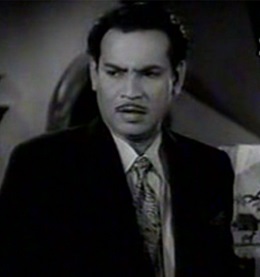
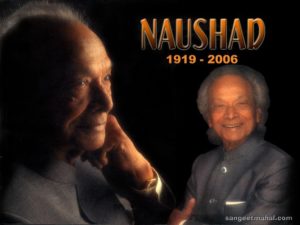 Naushad Ali,
Naushad Ali,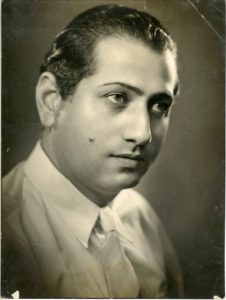
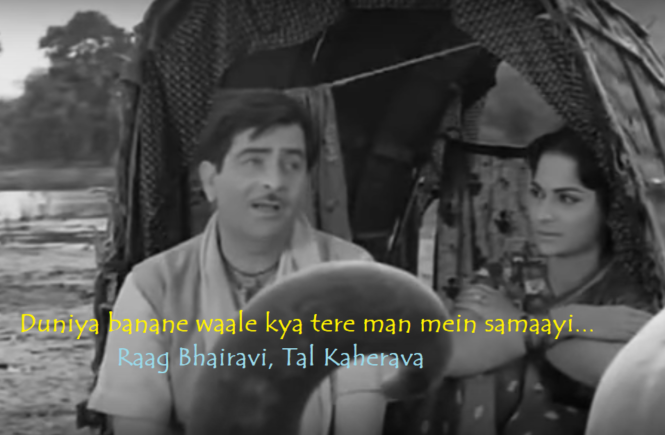
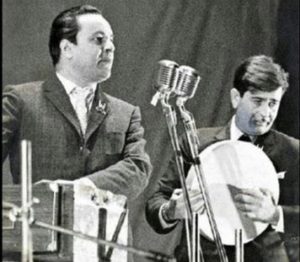
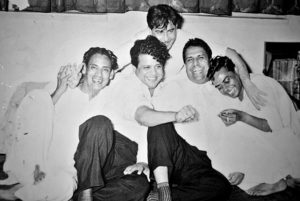
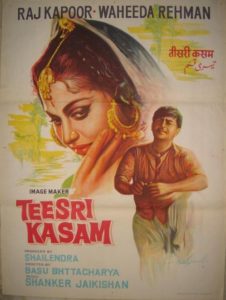 Indeed, this type of deep thinking is true of all songs of the
Indeed, this type of deep thinking is true of all songs of the 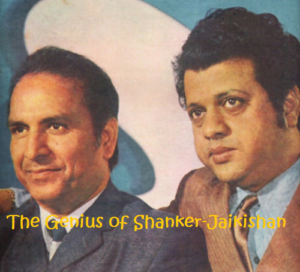
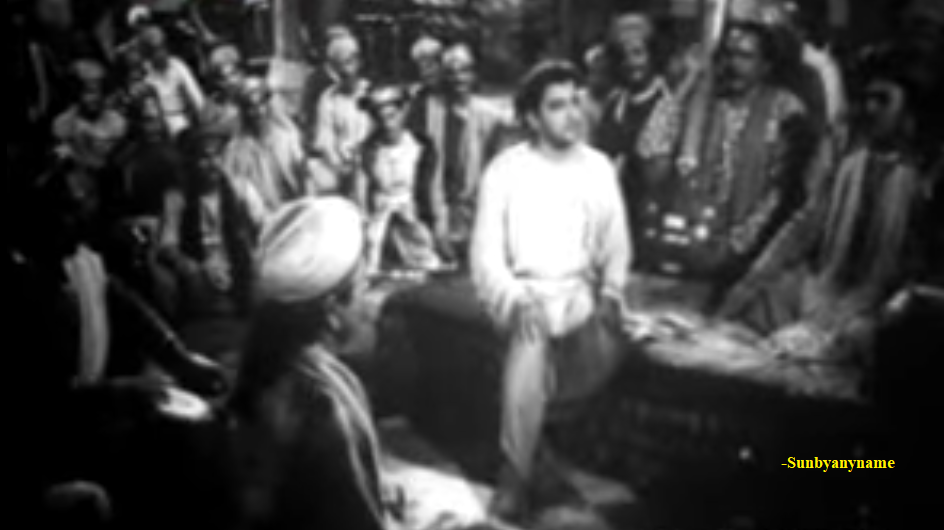
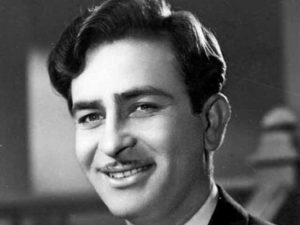
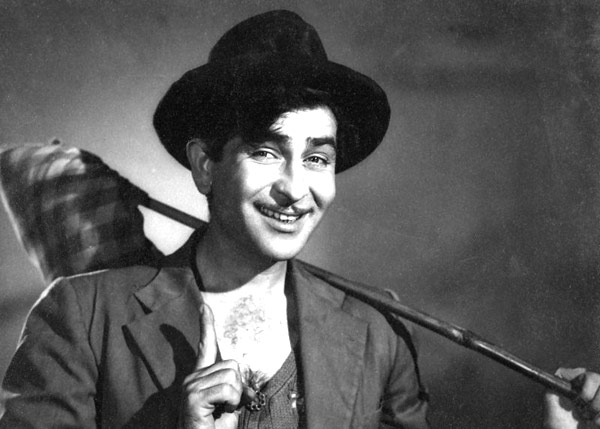
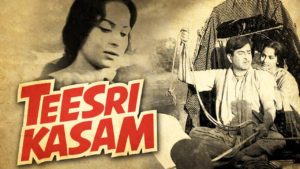 Lets get to the movie:
Lets get to the movie: 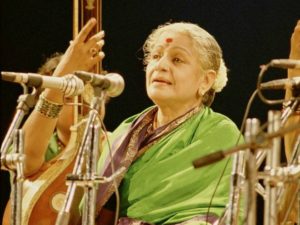
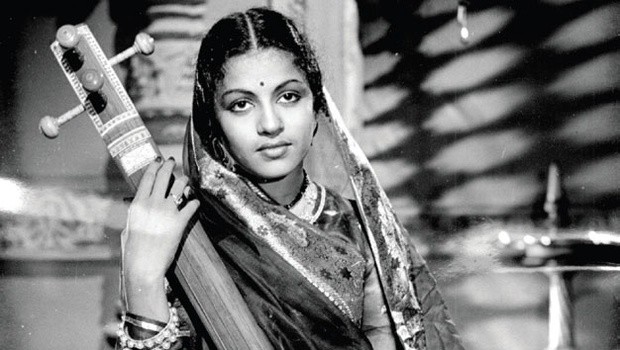
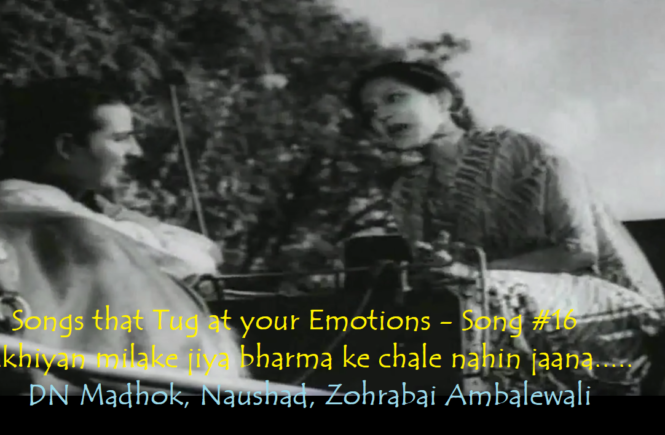
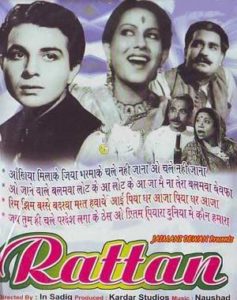
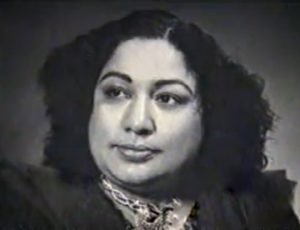
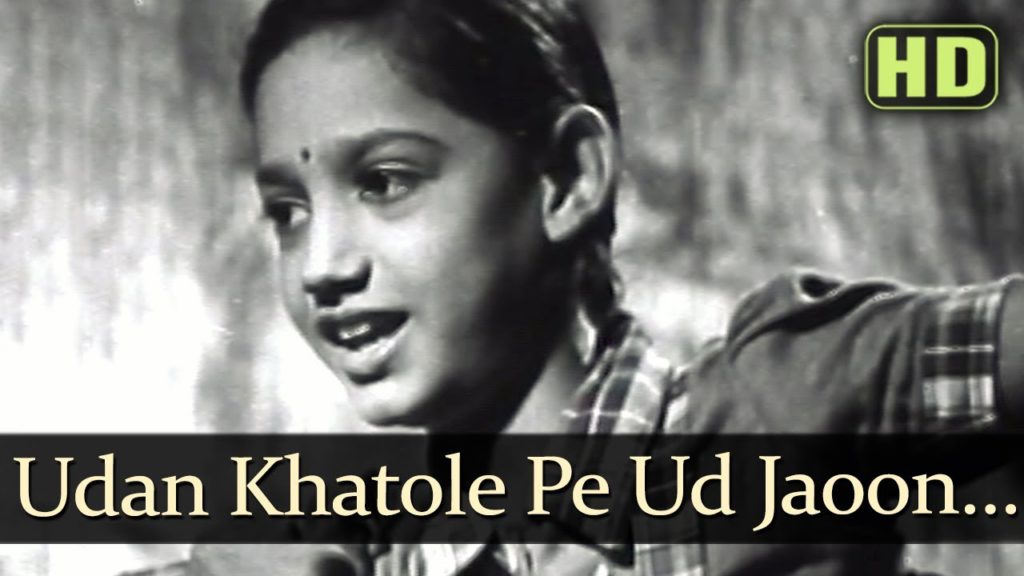
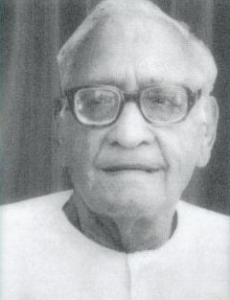 Lets take up the
Lets take up the 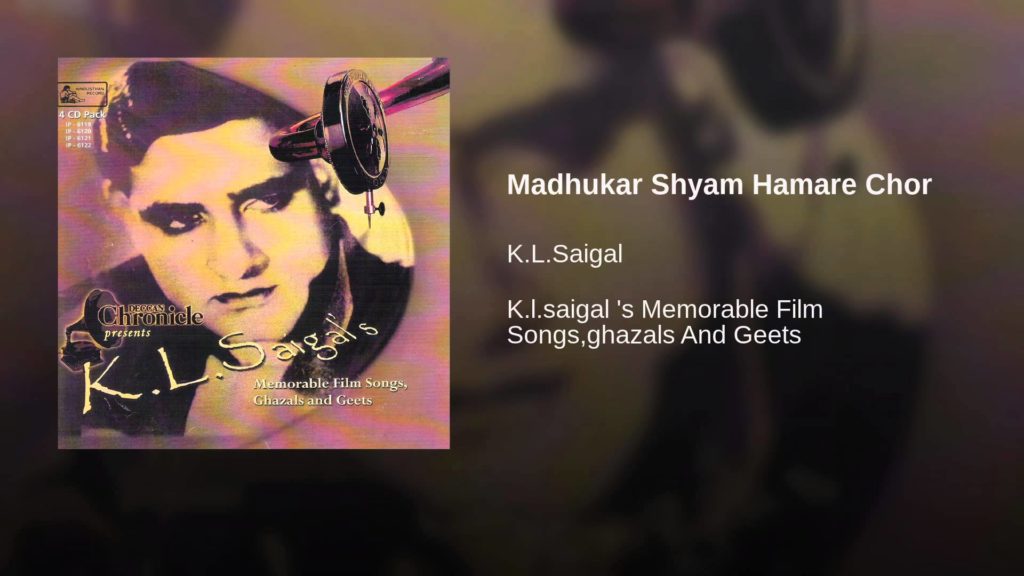
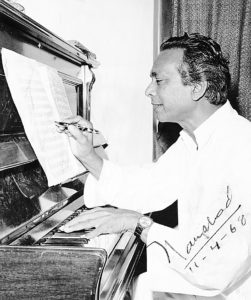

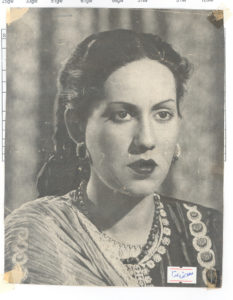
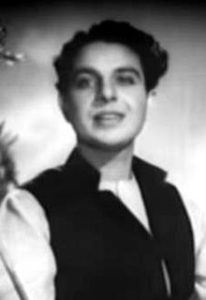 And finally,
And finally, 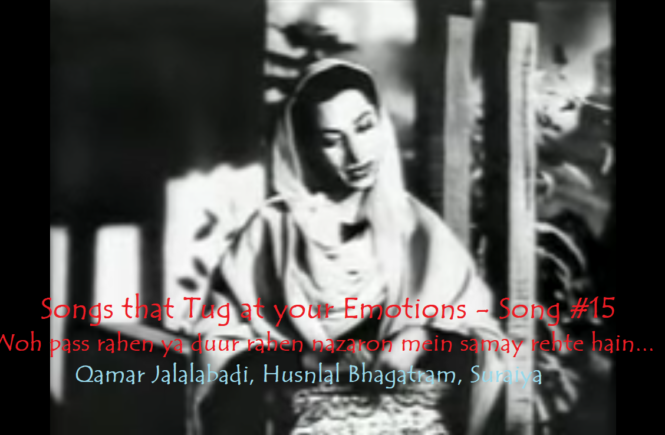
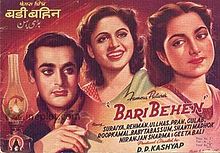
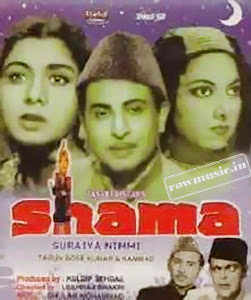 The earlier
The earlier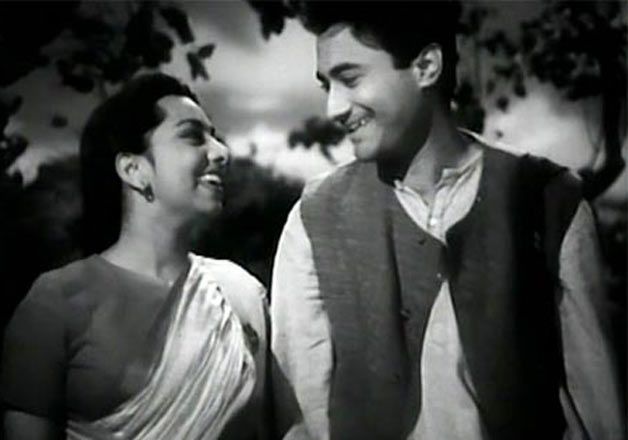
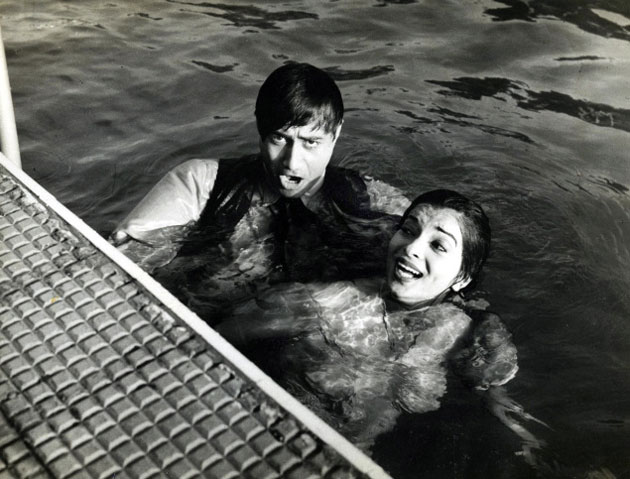
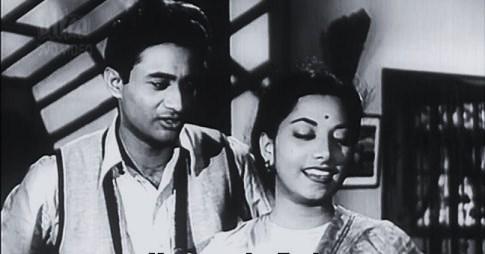
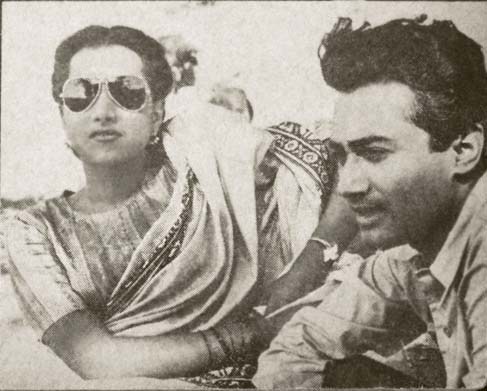
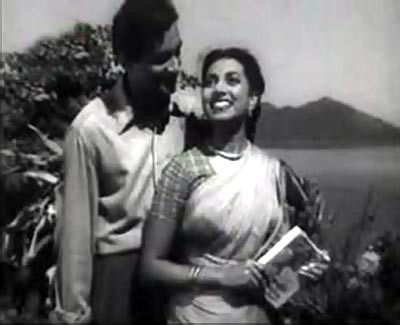
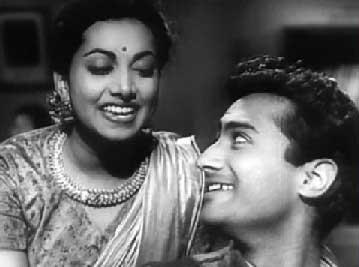
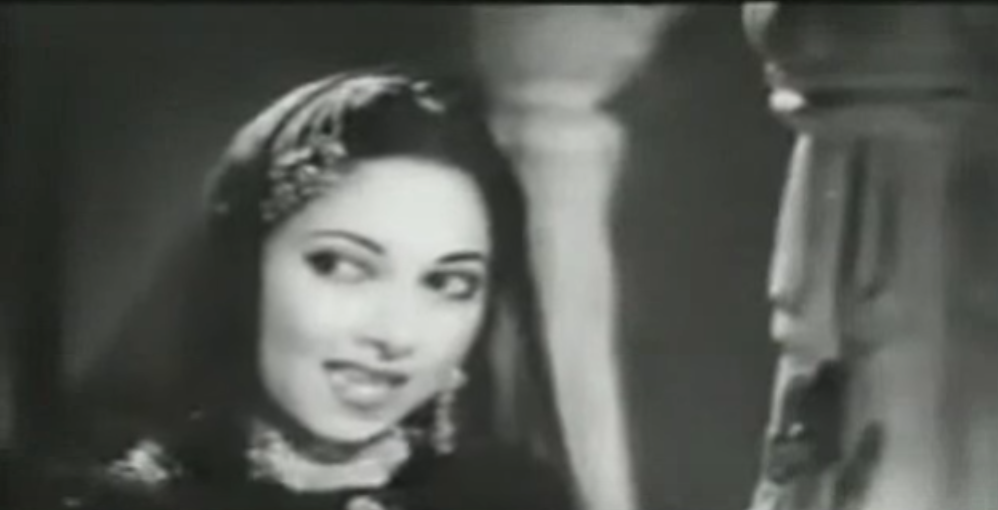
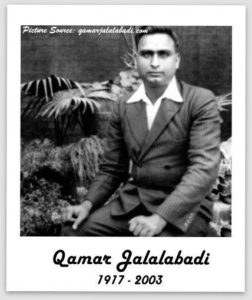 Lets turn to the lyricist
Lets turn to the lyricist 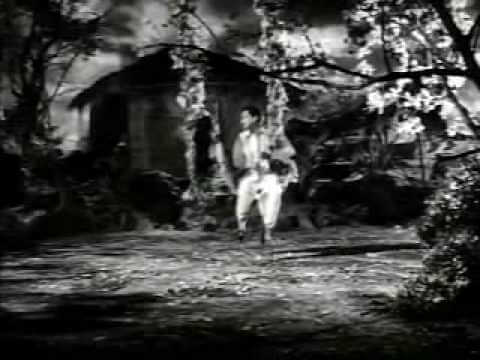
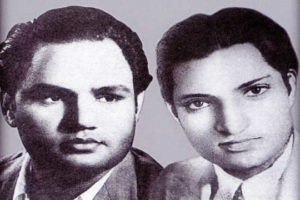
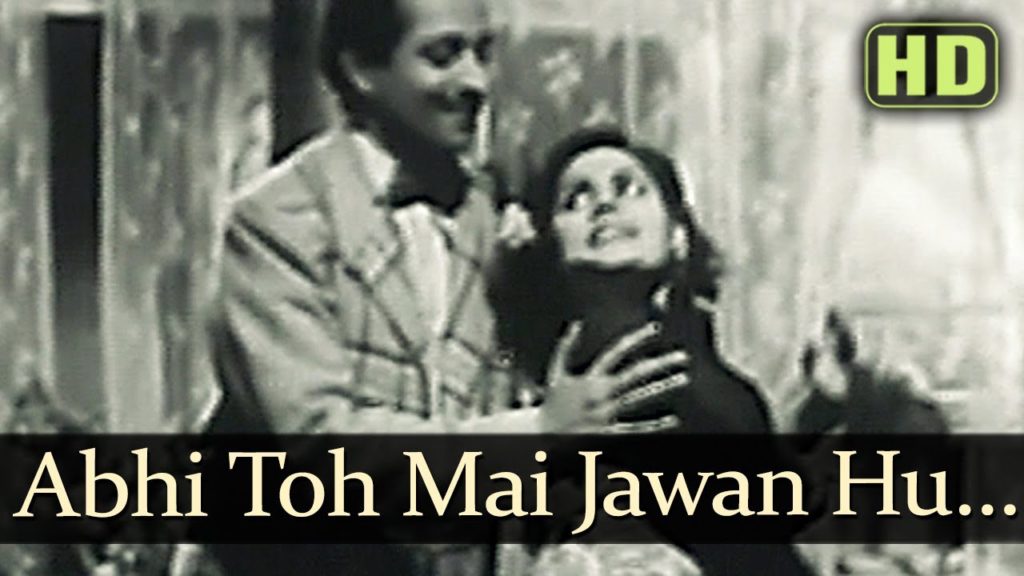
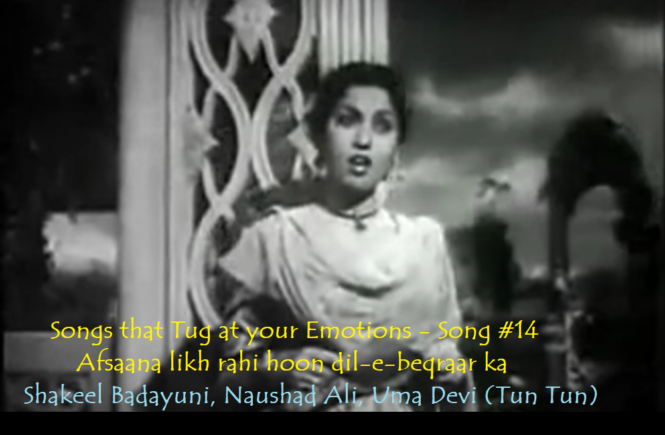
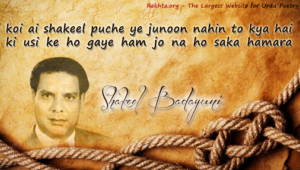 The other contemporary poets and lyricists wrote; but, I feel
The other contemporary poets and lyricists wrote; but, I feel 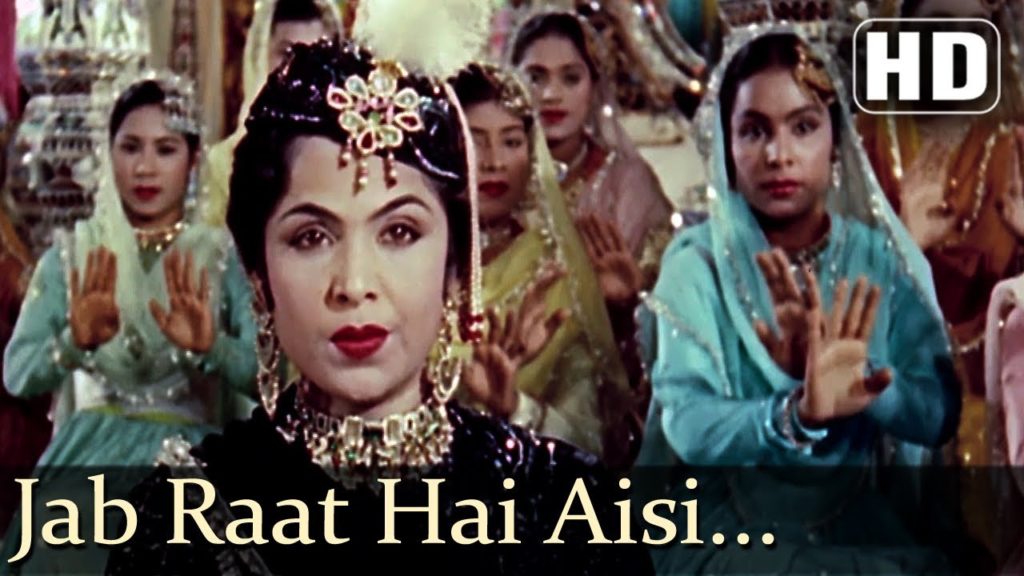
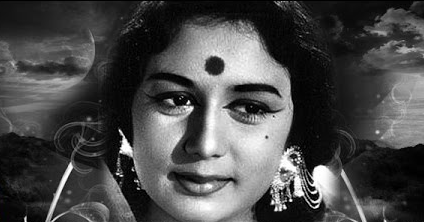
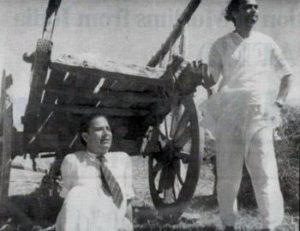
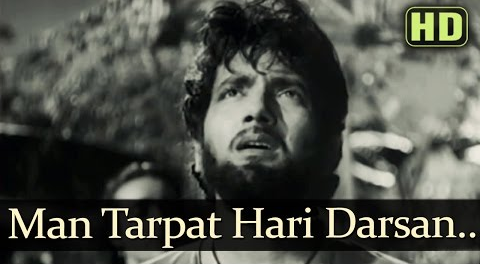
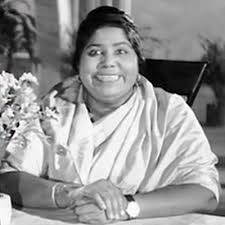 Lets talk a little about the singer
Lets talk a little about the singer 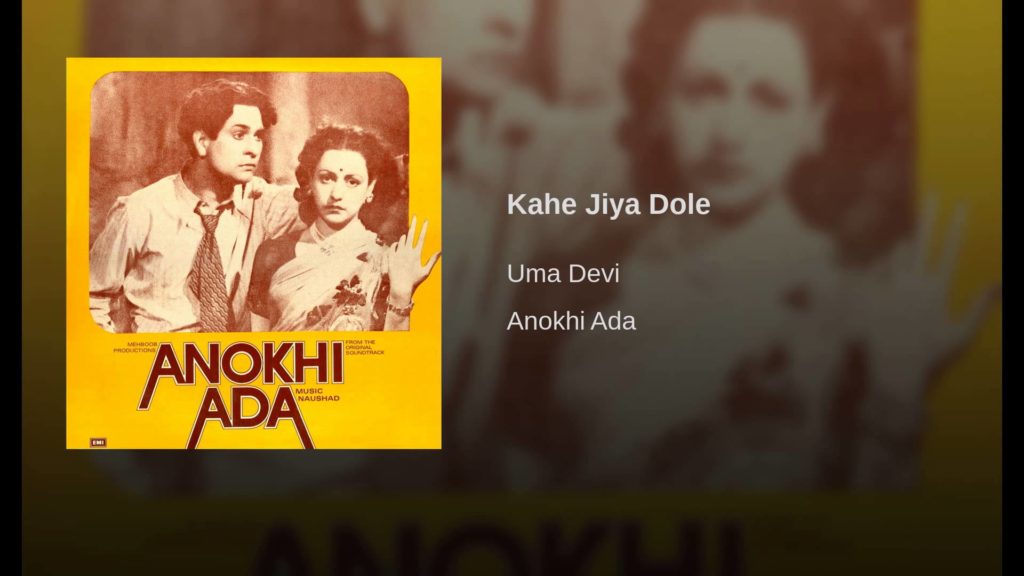
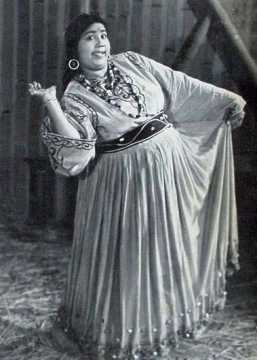
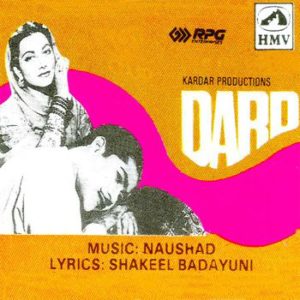 The movie from where I have taken this song is the
The movie from where I have taken this song is the 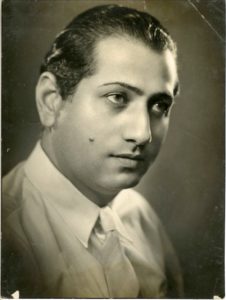
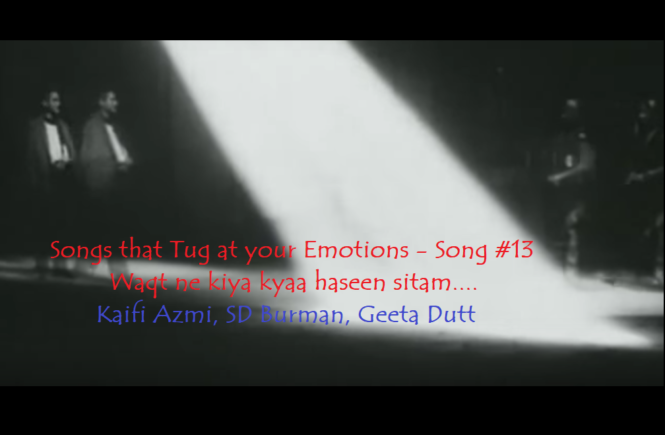
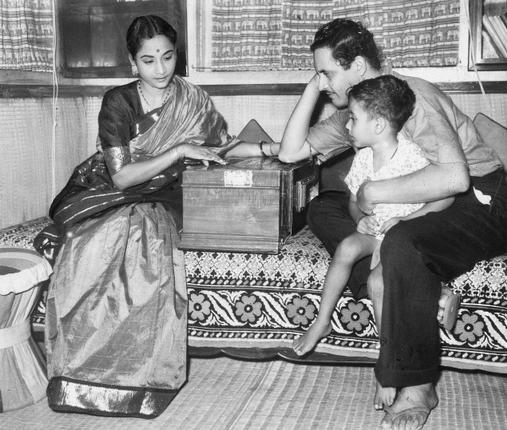
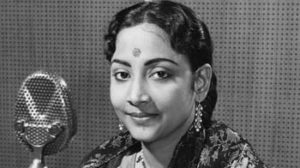
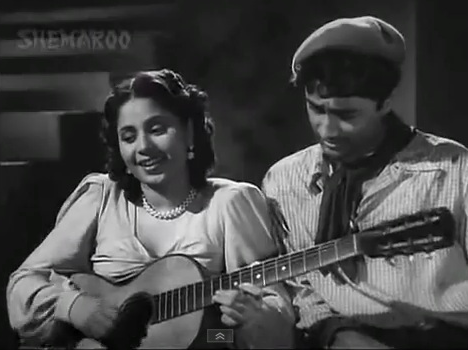
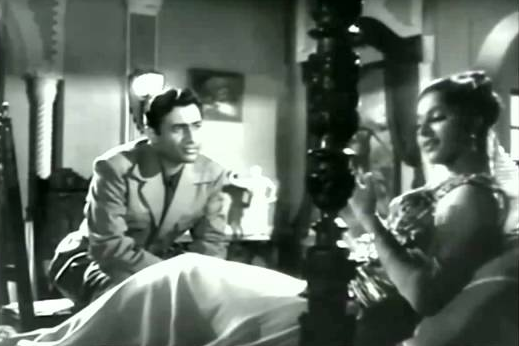
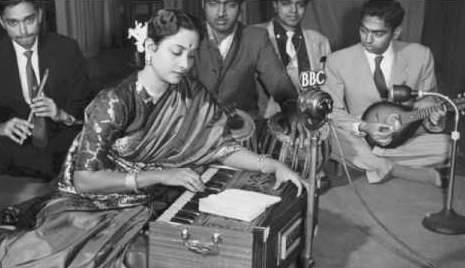
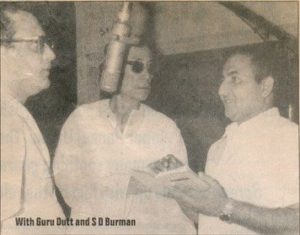 I have already, in my posts, said enough about the composer of this song:
I have already, in my posts, said enough about the composer of this song: 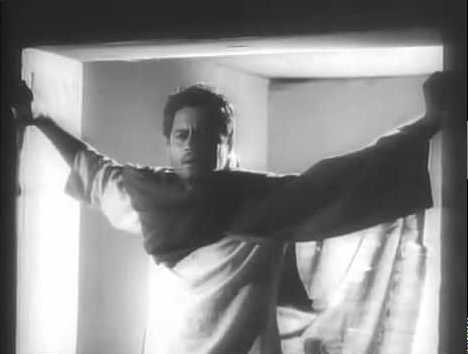
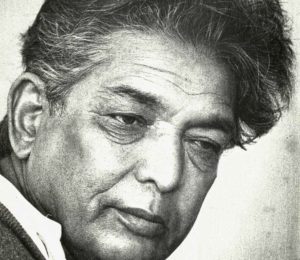 Finally, the lyricist of the song:
Finally, the lyricist of the song: 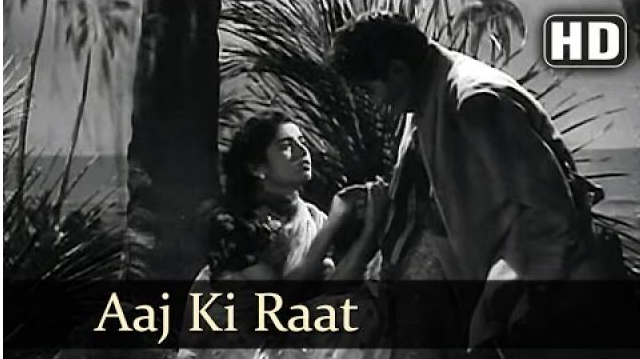
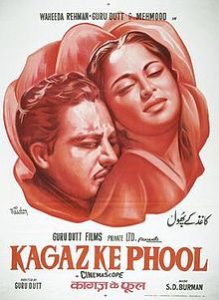
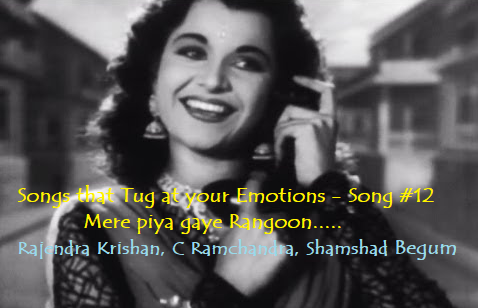
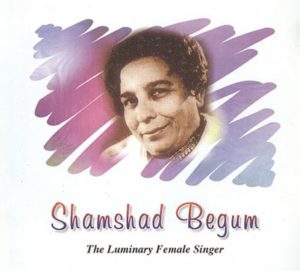
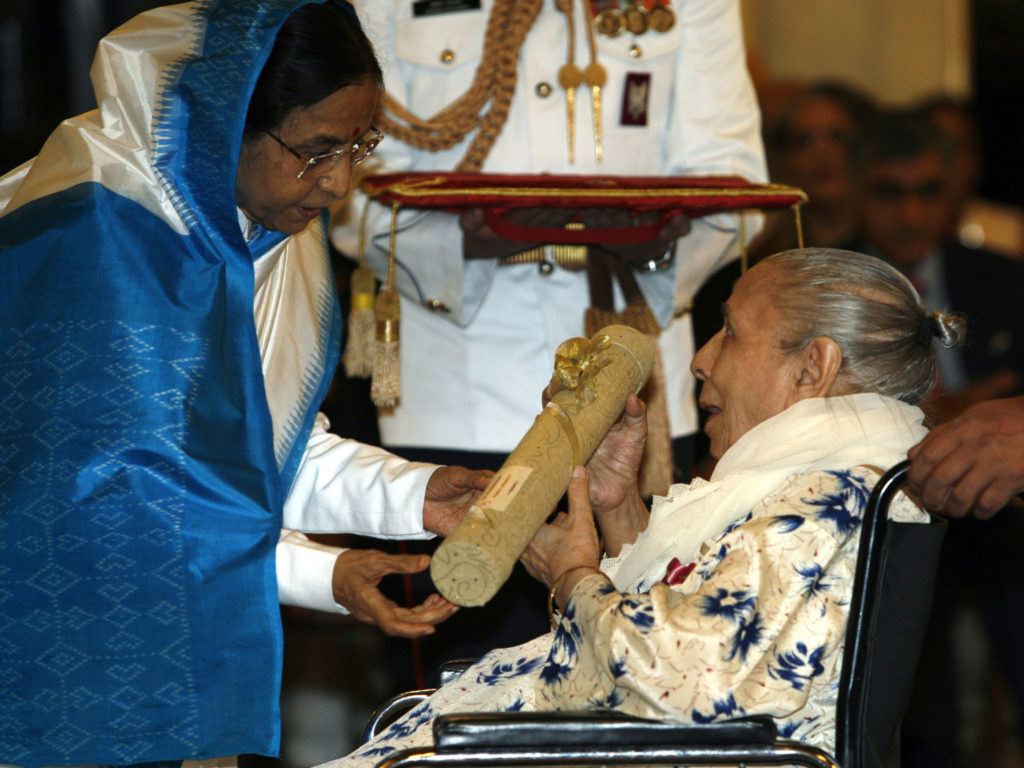
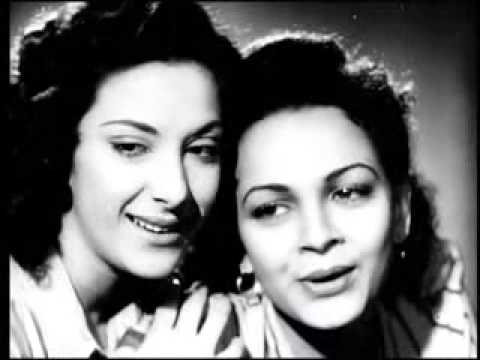
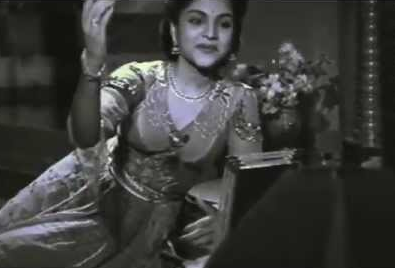
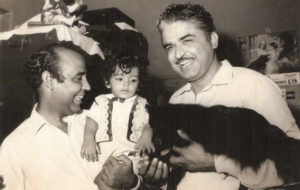
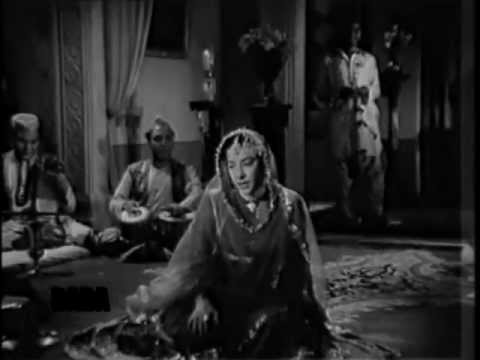
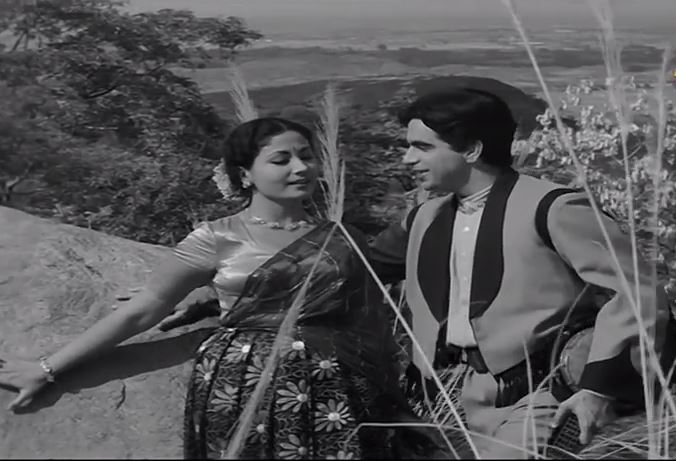
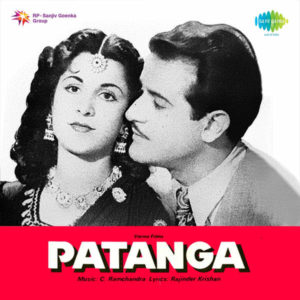 As I said, today’s song is from the 1949 Harnam Singh Rawail movie Patanga starring Nigar Sultana, Shyam, Yakub and Gope. The song is picturised on Nigar Sultana and Gope, sung by Shamshad Begum, on the lyrics of Rajendra Krishan and composition by C Ramchandra.
As I said, today’s song is from the 1949 Harnam Singh Rawail movie Patanga starring Nigar Sultana, Shyam, Yakub and Gope. The song is picturised on Nigar Sultana and Gope, sung by Shamshad Begum, on the lyrics of Rajendra Krishan and composition by C Ramchandra.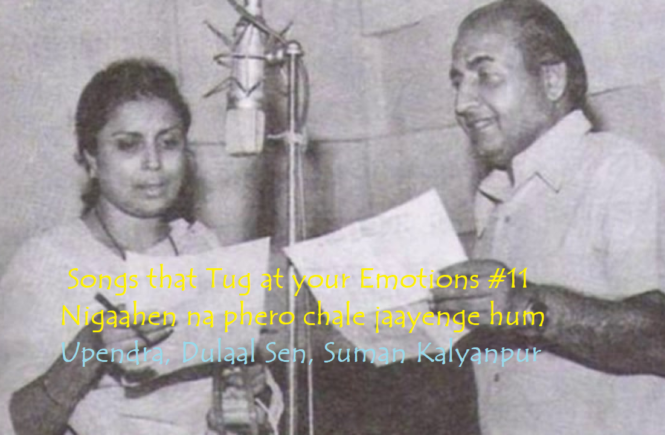
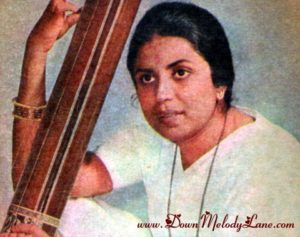
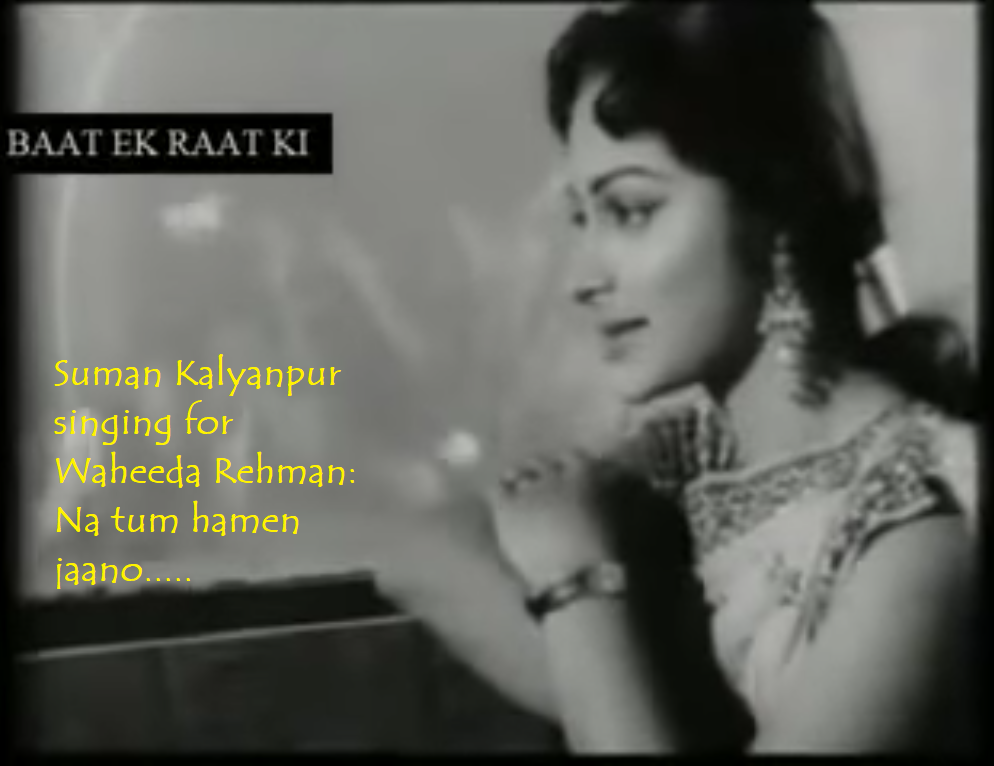
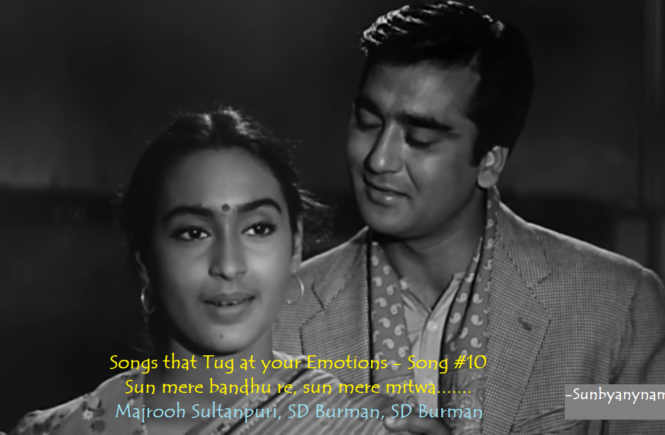
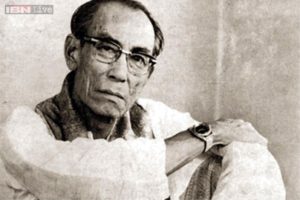 When you recall the life of one of the best and most influential composers in Hindi movies, it amazes you to know that he died on 31 Oct 1975, that is 42 years ago; however, his legacy and popularity continue as if it was yesterday. In addition to his delightful compositions that were both raaga based and semi-classical, he had a powerful singing voice that transported one to the atmosphere of the song as driftwood in strong flow. He didn’y allow his voice to be lent as playback singer for actors. Hence, his singing voice was often used as a background commentary. Here in this song, Bimal Roy has used his voice to convey the feelings of the actress Nutan in the title role of Sujata through background singing (lip-syncing) by a boatman in the river Hoogly.
When you recall the life of one of the best and most influential composers in Hindi movies, it amazes you to know that he died on 31 Oct 1975, that is 42 years ago; however, his legacy and popularity continue as if it was yesterday. In addition to his delightful compositions that were both raaga based and semi-classical, he had a powerful singing voice that transported one to the atmosphere of the song as driftwood in strong flow. He didn’y allow his voice to be lent as playback singer for actors. Hence, his singing voice was often used as a background commentary. Here in this song, Bimal Roy has used his voice to convey the feelings of the actress Nutan in the title role of Sujata through background singing (lip-syncing) by a boatman in the river Hoogly.
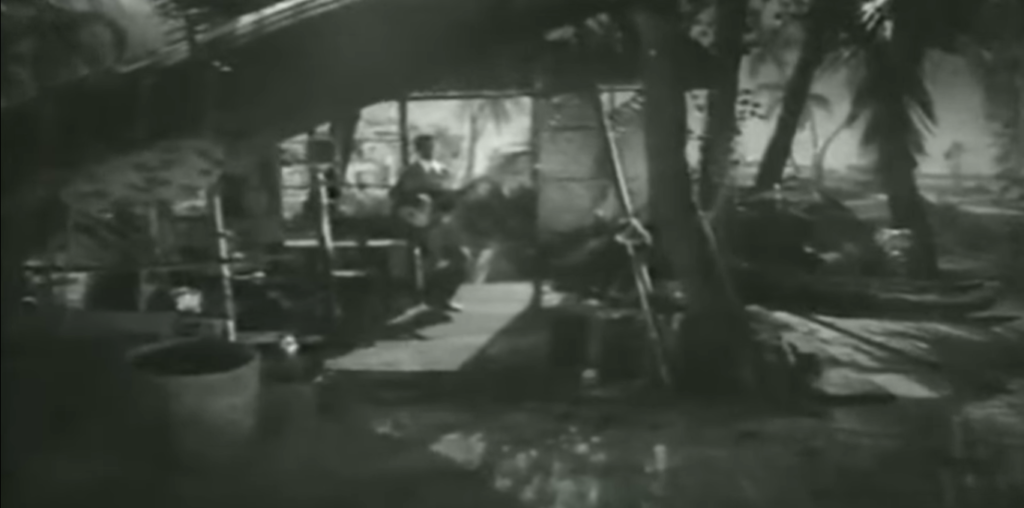
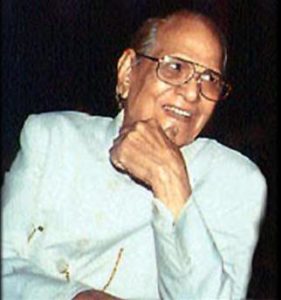 After 1957, he had another great pairing with
After 1957, he had another great pairing with 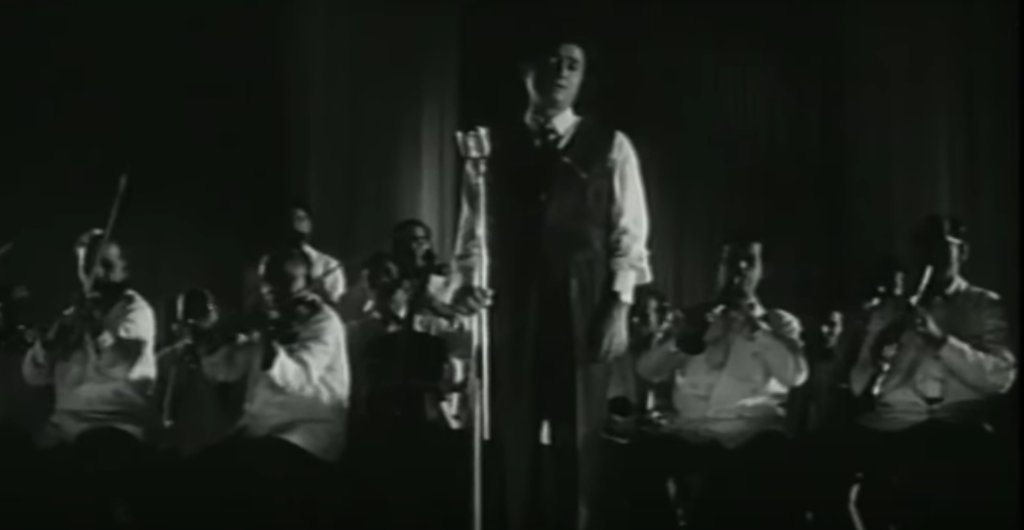
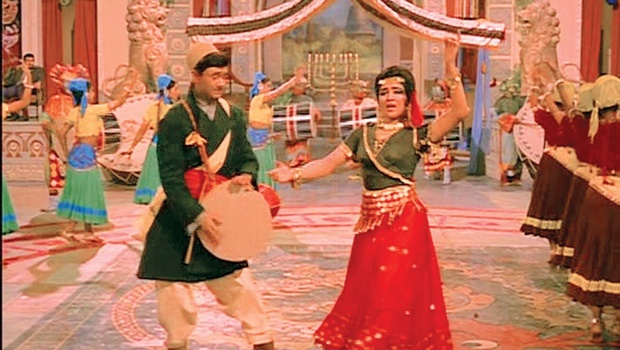
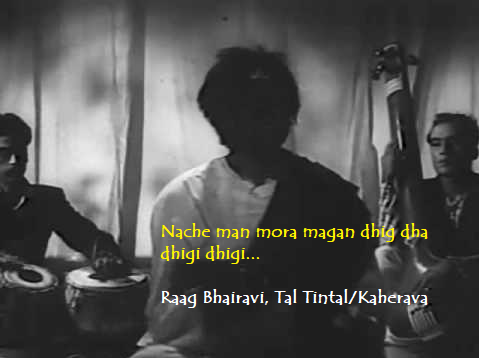
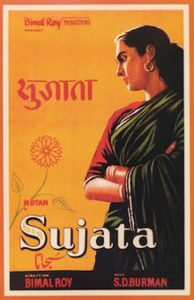
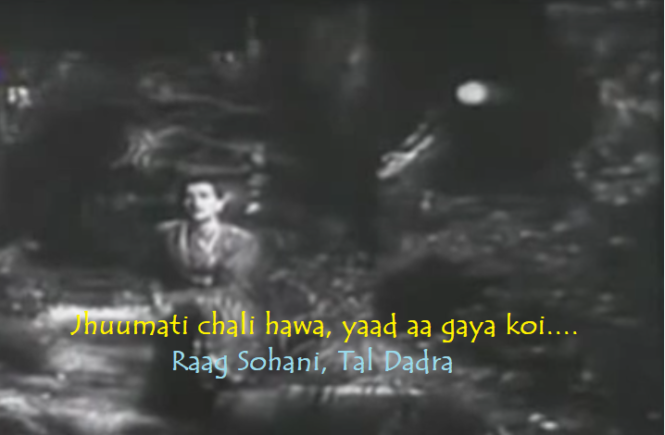
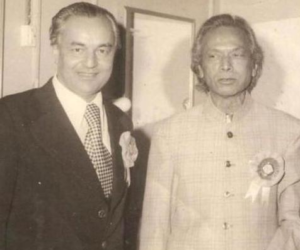
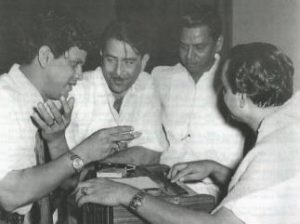
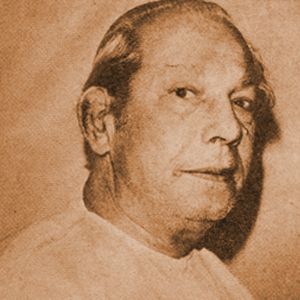
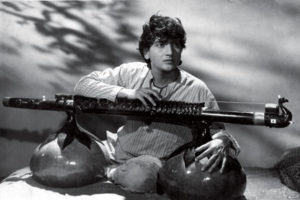
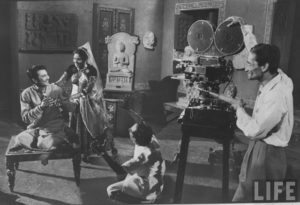
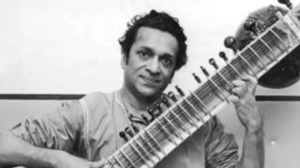 Before we actually take up the song, first, lets take up the
Before we actually take up the song, first, lets take up the 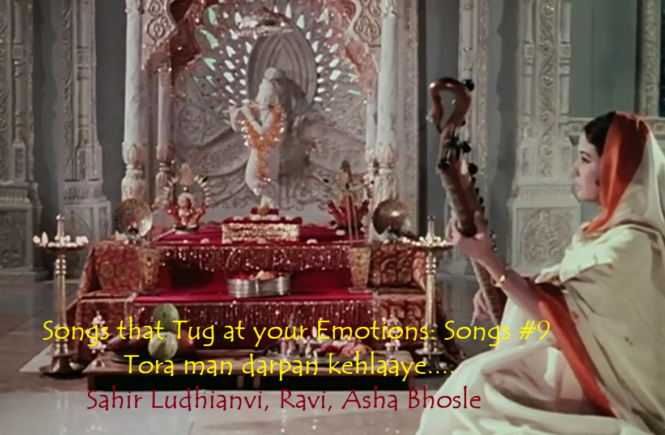
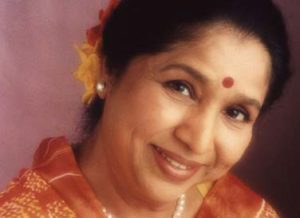 You would have noticed that I didn’t put up posts for the last four days since I was busy in the monthly thematic Music Fest on my group
You would have noticed that I didn’t put up posts for the last four days since I was busy in the monthly thematic Music Fest on my group 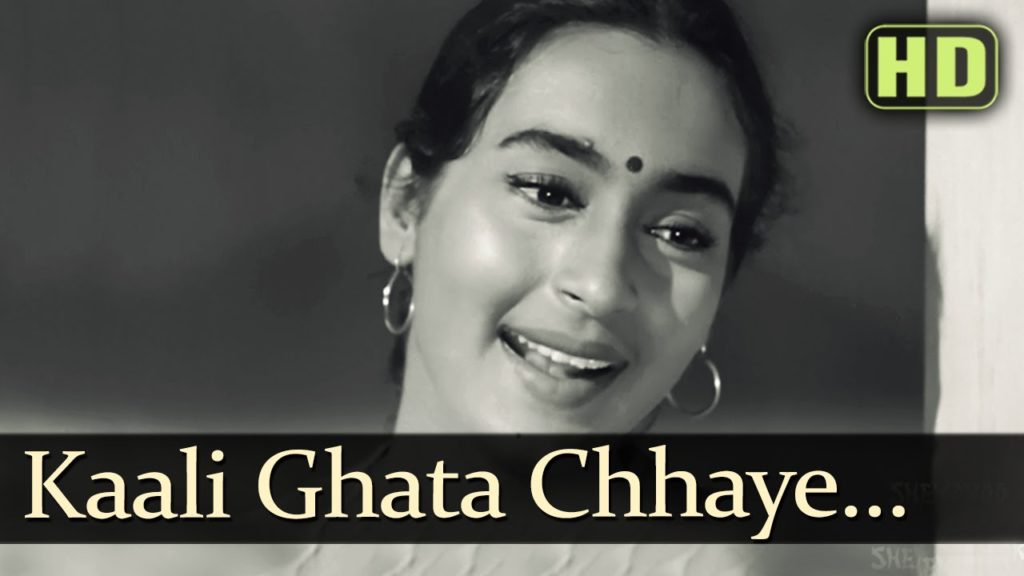
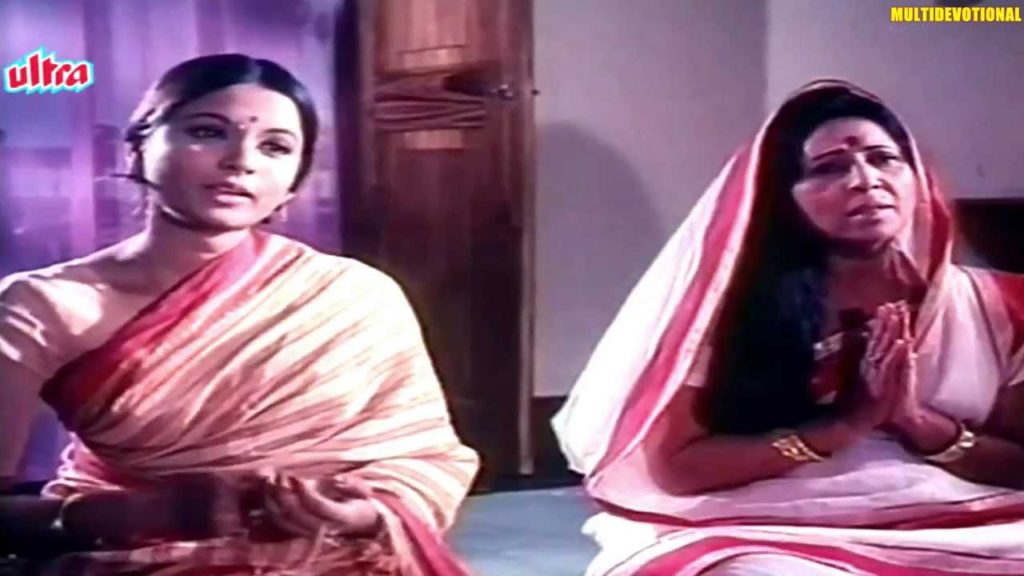
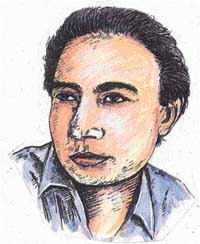 No other song of Asha Bhosle so ably meet the criteria that I have set for these series other than my selected song.
No other song of Asha Bhosle so ably meet the criteria that I have set for these series other than my selected song.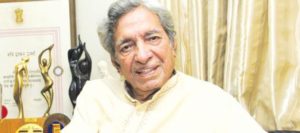 I am fond of
I am fond of 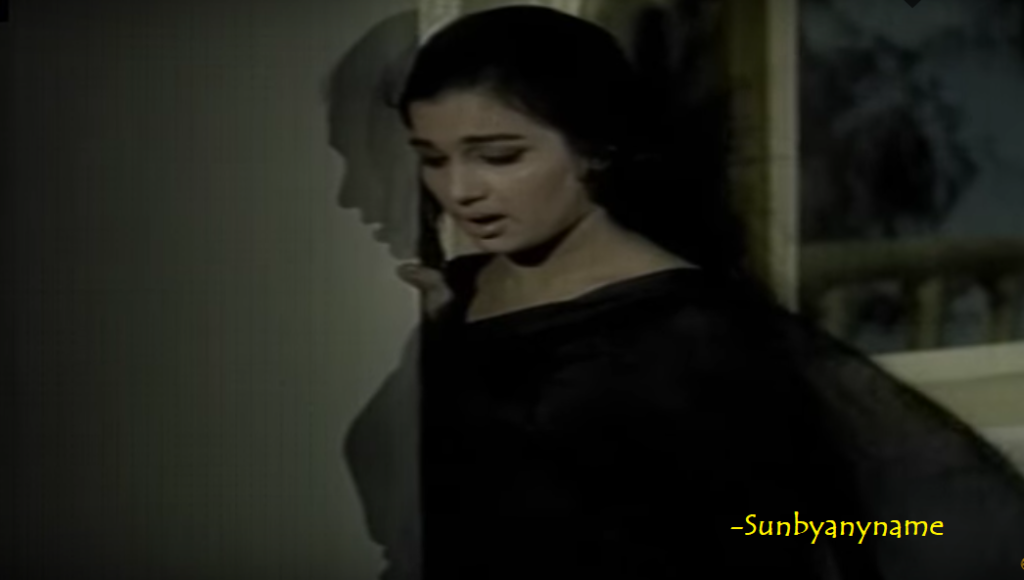
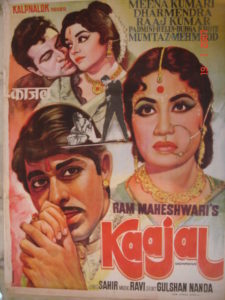 The song Tora man darpan kehlaaye is from the
The song Tora man darpan kehlaaye is from the 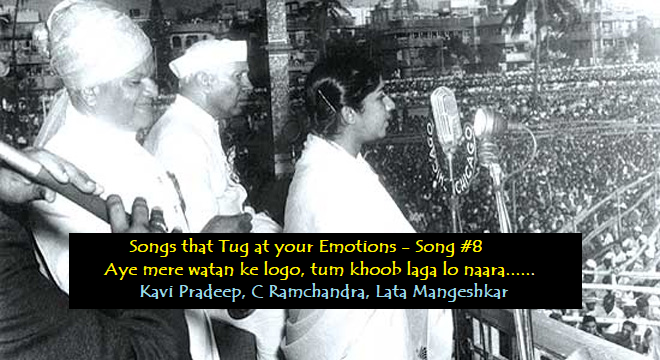
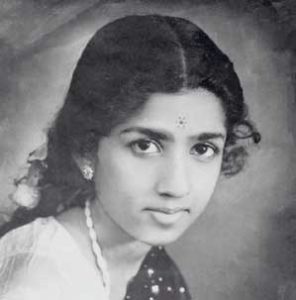 Lata Mangeshkar is my favourite female singer from my childhood days. Unless a song was sung by Mohammad Rafi, whenever a male and female singer (Lata) sang the same song in a movie (not duets but separately), I somehow liked her rendition better than that of the male. Let me give an example: One of the best of Kishore Kumar’s is the 1955 movie Munimji song: Jeevan ke safar mein raahi milate hain bichchad jaane ko put together by Sahir Ludhianvi and SD Burman. I instinctively like the slower and more poignant Lata Mangeshkar version. Similarly, even though I have my childhood memories of Mukesh singing Aa laut ke aaja mere meet of 1959 movie Rani Roopmati, I have my heart melting when the same song is sung by Lata ji for Nirupa Roy.
Lata Mangeshkar is my favourite female singer from my childhood days. Unless a song was sung by Mohammad Rafi, whenever a male and female singer (Lata) sang the same song in a movie (not duets but separately), I somehow liked her rendition better than that of the male. Let me give an example: One of the best of Kishore Kumar’s is the 1955 movie Munimji song: Jeevan ke safar mein raahi milate hain bichchad jaane ko put together by Sahir Ludhianvi and SD Burman. I instinctively like the slower and more poignant Lata Mangeshkar version. Similarly, even though I have my childhood memories of Mukesh singing Aa laut ke aaja mere meet of 1959 movie Rani Roopmati, I have my heart melting when the same song is sung by Lata ji for Nirupa Roy.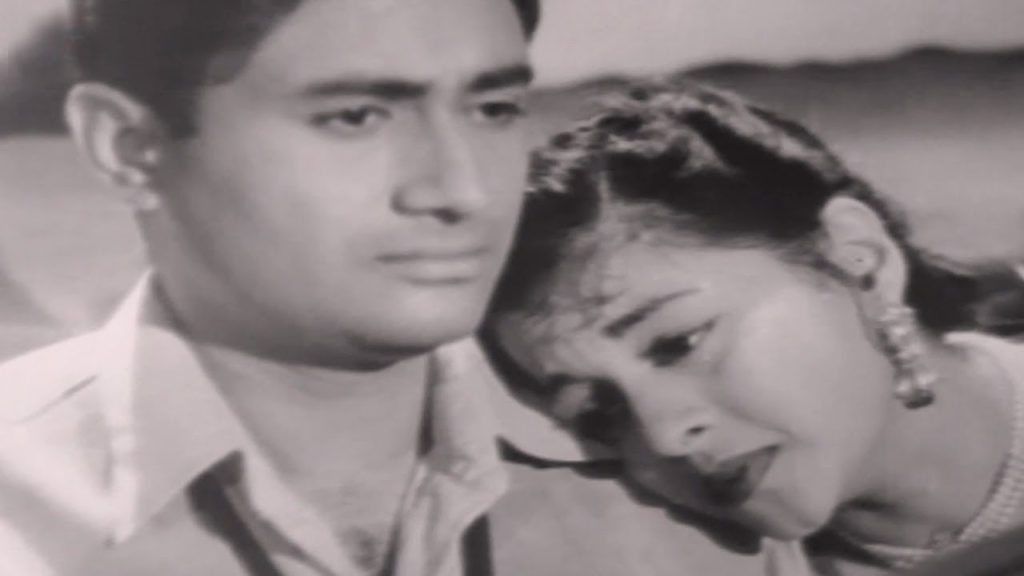
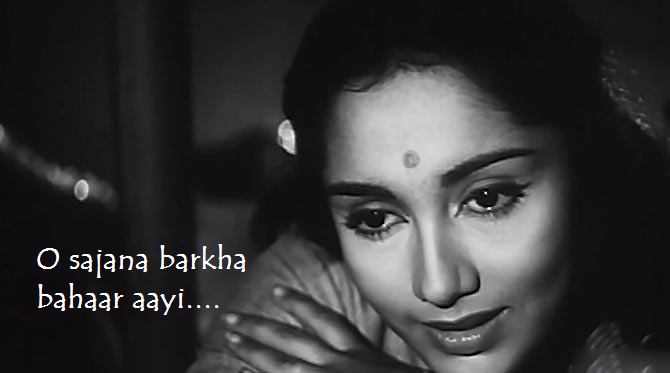
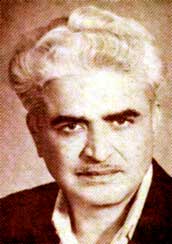 C Ramchandra,
C Ramchandra,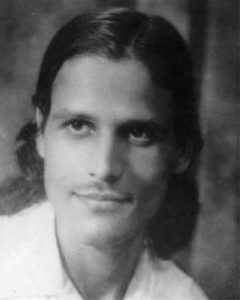 I would think that one person who would have actually felt those emotions was
I would think that one person who would have actually felt those emotions was 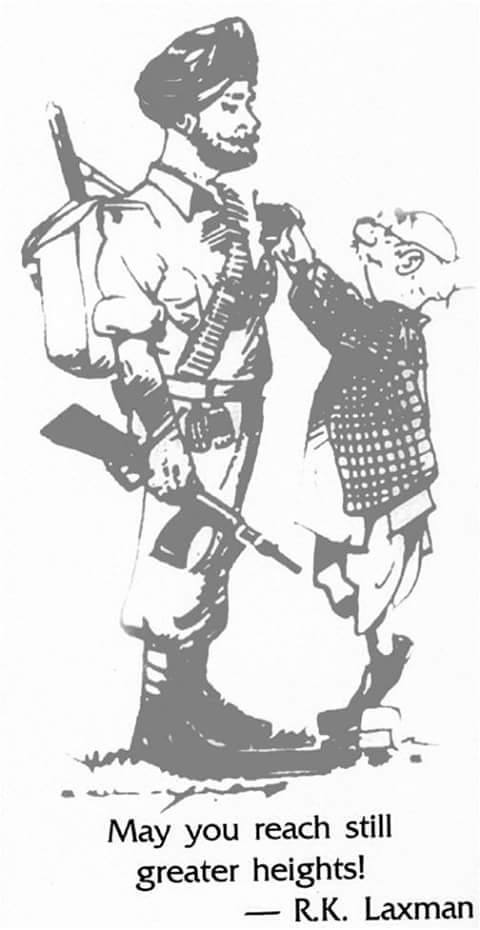
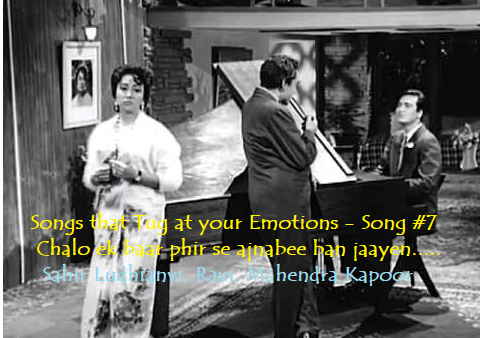
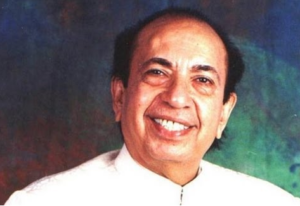 Mahendra Kapoor considered Mohammad Rafi his guru, even though he learnt classical music under classical singers like Pt. Hussanlal, Pt. Jagannath Bua, Ustad Niaz Ahmed Khan, Ustad Abdul Rehman Khan and Pt.Tulsidaas Sharma. This devotion towards his initial inspiration (Rafi) continued throughout his life. Annu Kapoor on Mastii channel once related this anecdote about a felicitation ceremony for Mahendra Kapoor after Mohammad Rafi’s demise. As Mahendra Kapoor was being garlanded on stage, he noticed Mohammad Rafi’s son, Shahid Rafi, sitting in the audience. Mahendra Kapoor called Shahid Rafi on stage, touched his feet, took out his garland and garlanded Shahid Rafi and said, “How can I be felicitated when the son of my guru is present?” Remarkable humility, you would say. I would like to add that the real great of that era had it, which included Mohammad Rafi himself. With this devotion, Mahendra Kapoor must have been excited about singing a song with Mohammad Rafi (the only one he sang) for the 1967 movie Aadmi in which Mohammad Rafi sang for Dilip Kumar and Mahendra Kapoor sang for Manoj Kumar:
Mahendra Kapoor considered Mohammad Rafi his guru, even though he learnt classical music under classical singers like Pt. Hussanlal, Pt. Jagannath Bua, Ustad Niaz Ahmed Khan, Ustad Abdul Rehman Khan and Pt.Tulsidaas Sharma. This devotion towards his initial inspiration (Rafi) continued throughout his life. Annu Kapoor on Mastii channel once related this anecdote about a felicitation ceremony for Mahendra Kapoor after Mohammad Rafi’s demise. As Mahendra Kapoor was being garlanded on stage, he noticed Mohammad Rafi’s son, Shahid Rafi, sitting in the audience. Mahendra Kapoor called Shahid Rafi on stage, touched his feet, took out his garland and garlanded Shahid Rafi and said, “How can I be felicitated when the son of my guru is present?” Remarkable humility, you would say. I would like to add that the real great of that era had it, which included Mohammad Rafi himself. With this devotion, Mahendra Kapoor must have been excited about singing a song with Mohammad Rafi (the only one he sang) for the 1967 movie Aadmi in which Mohammad Rafi sang for Dilip Kumar and Mahendra Kapoor sang for Manoj Kumar: 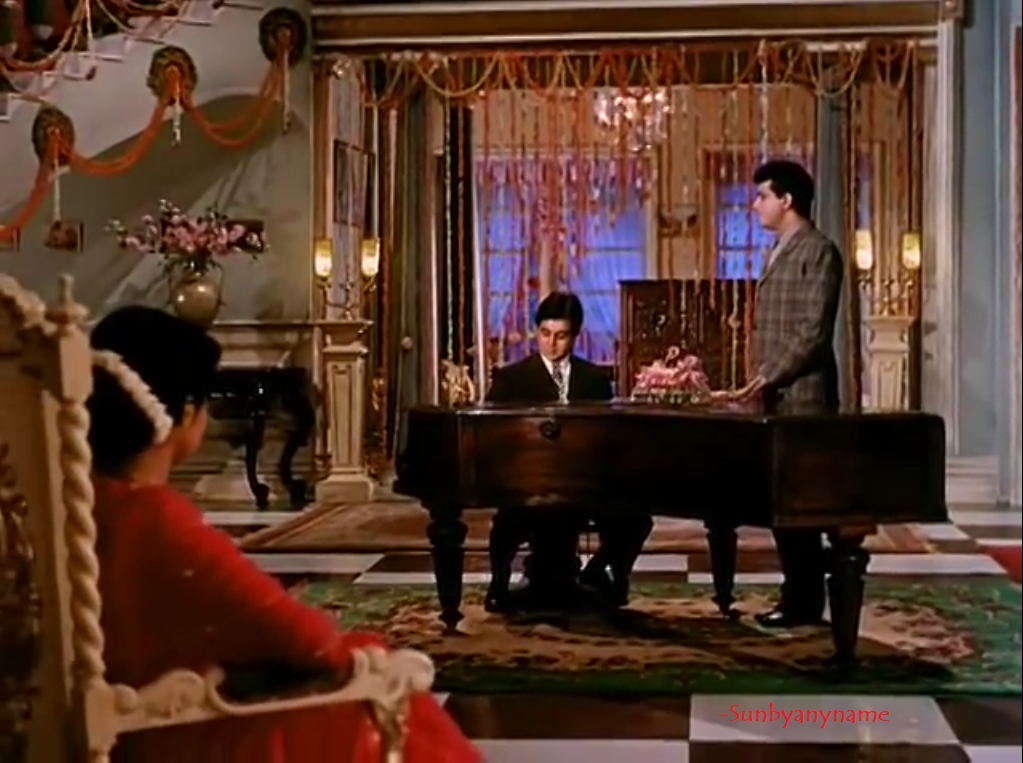
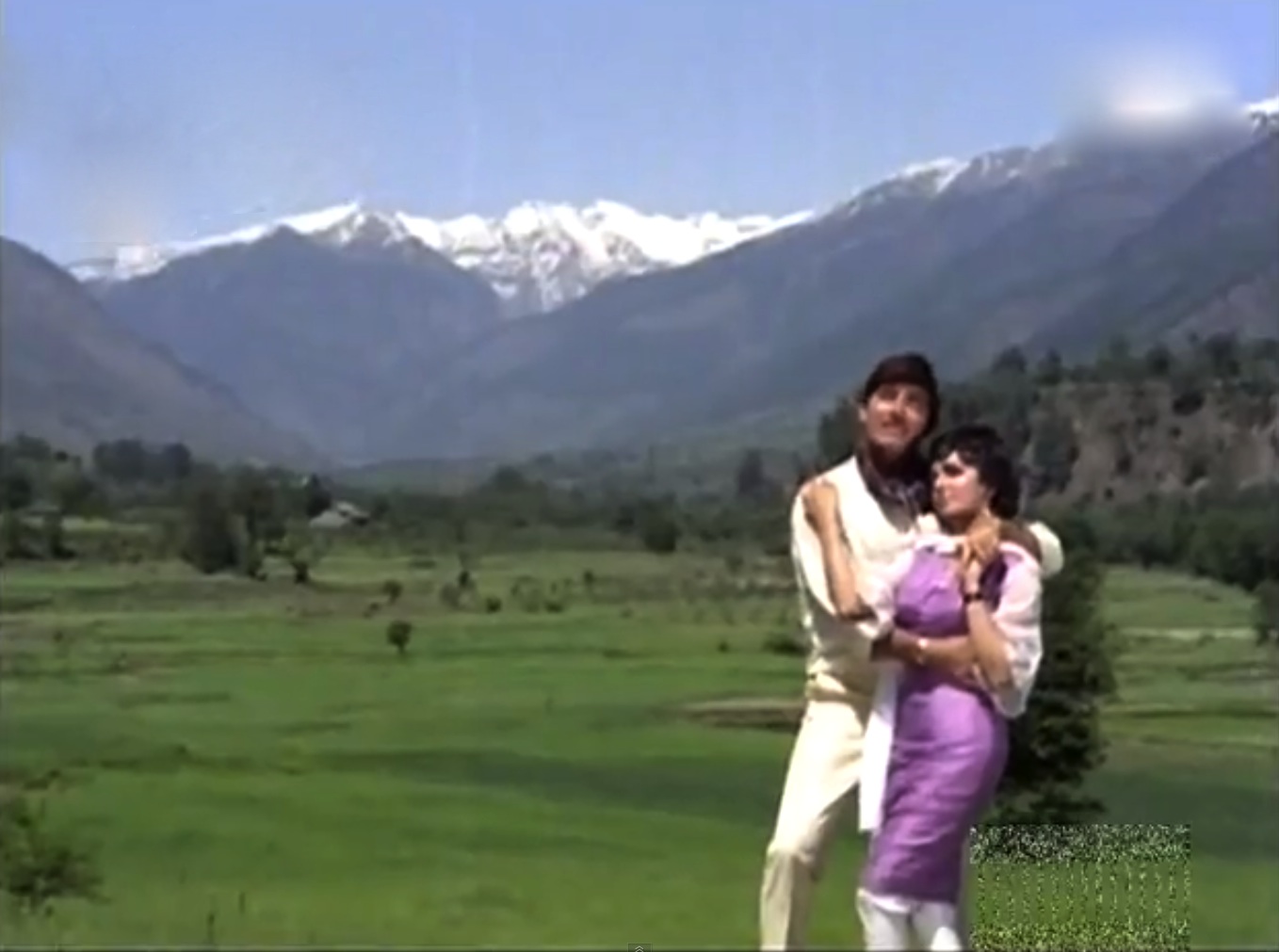
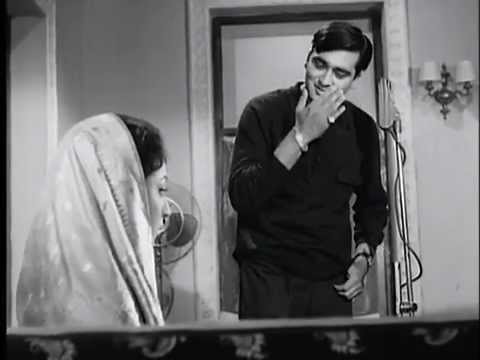
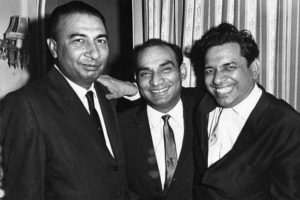
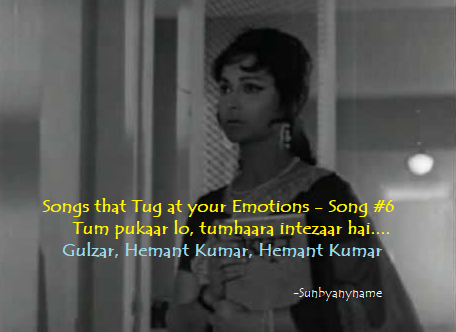
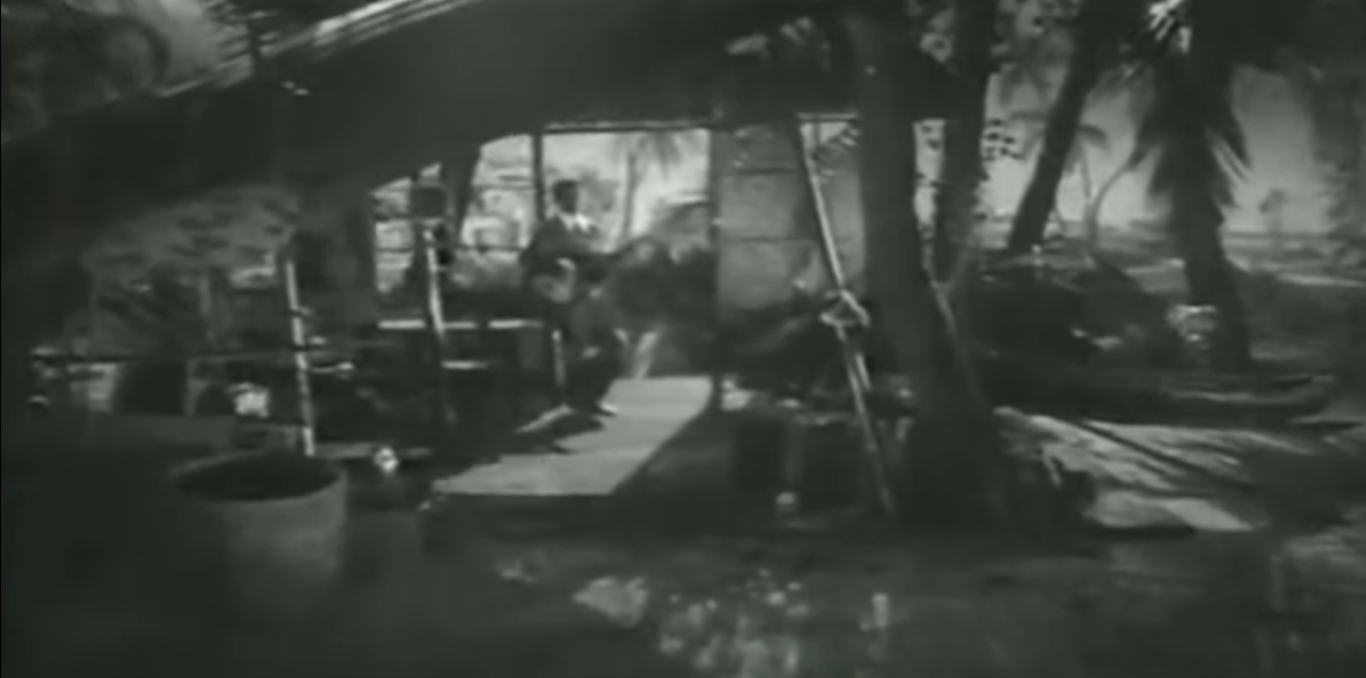
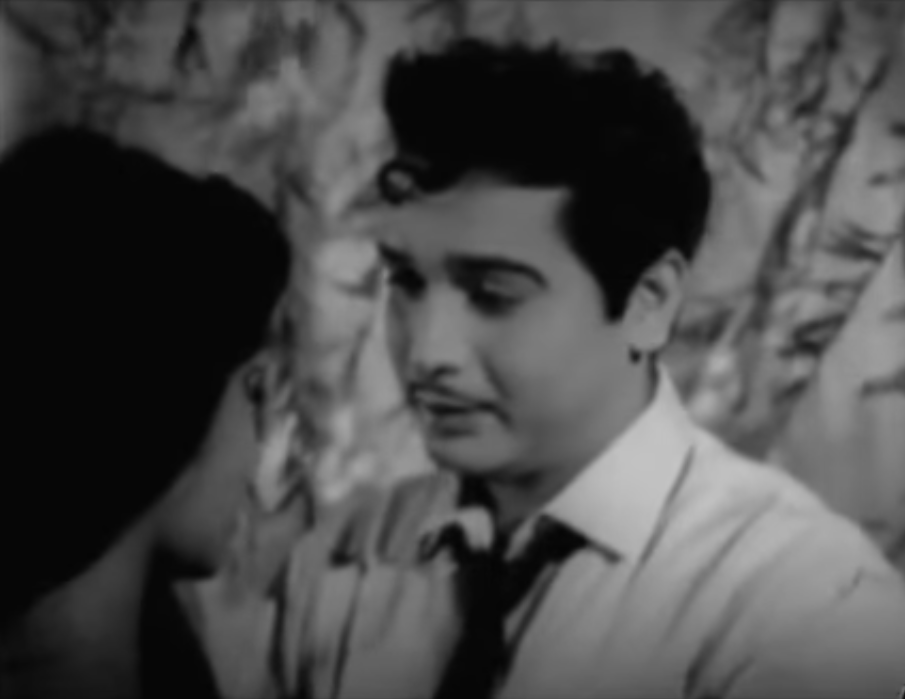
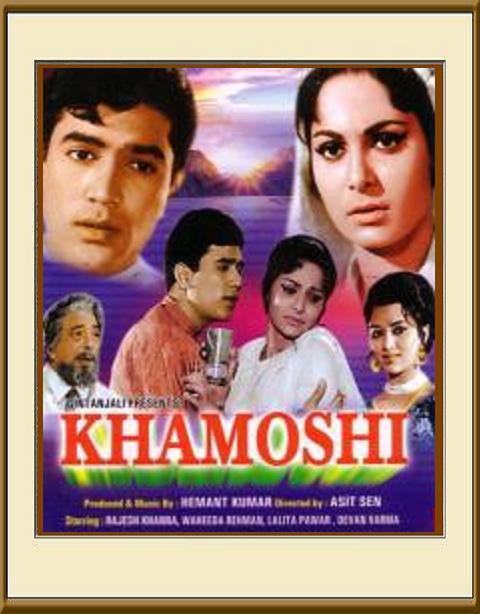
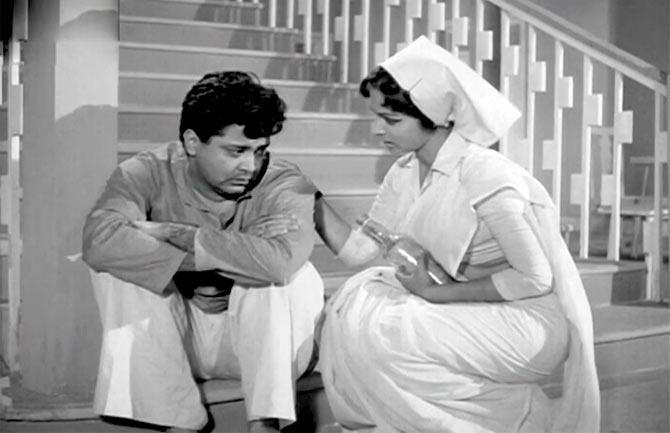
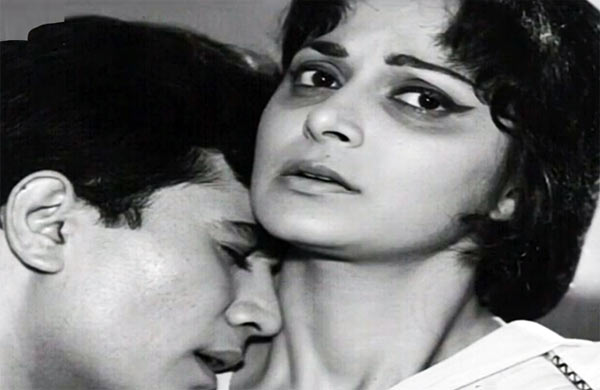
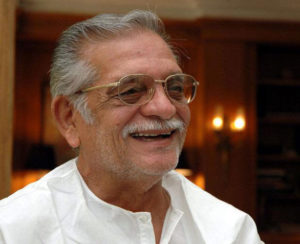 Gulzar
Gulzar